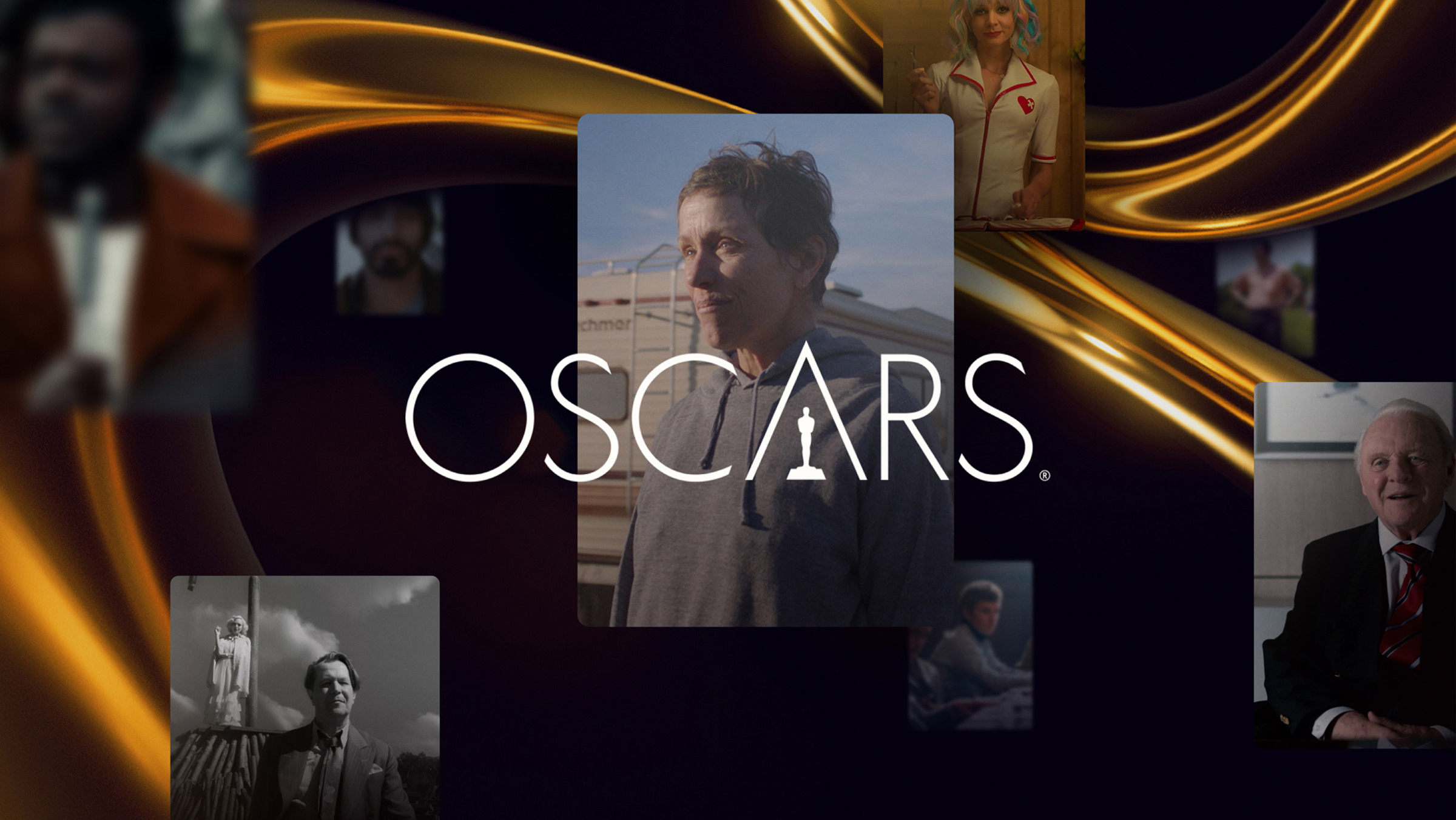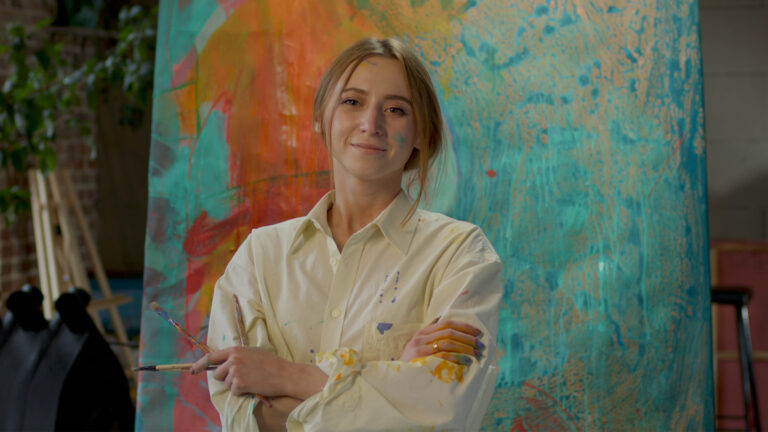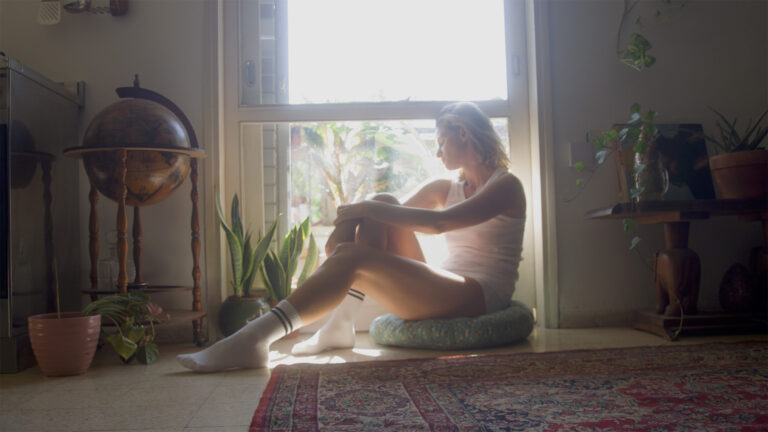It’s probably fair to say that the 2021 Academy Awards were unlike any others. How do we count all the ways?
A global pandemic that shuttered productions and theaters. Distribution of first-run films over streaming services or with premium per-view rental prices. A raft of indie-style films made on shoestring budgets. Big-budget blockbusters pushing their release dates to 2021 and beyond, taking them out of the race. A ceremony broadcast that was not just delayed by two months, but was entirely reconceived and relocated from the Dolby Theatre to Los Angeles’s Union Station, with acceptance speeches uninterrupted by orchestras and time limits.
It’s also the first year that Frame.io made a big splash at the Oscars, used on three of the nominated films (including Best Film Editing and Best Sound winner Sound of Metal), as well as the broadcast show itself. And we’re even doing our own coverage a little differently, splitting the Best Picture nominees and Best Film Editing nominees into two separate articles to give you a deeper dive into the processes, both technical and creative.
And yet, there are the ways in which the spirit of the Oscars remains very much the same. First-timers and foreign films challenging established directors with an acclaimed body of work. The novelty of having a woman (never mind two) nominated for Best Picture—with Chloé Zhao as only the second woman to claim the win. The snubs of Black directors like Spike Lee, Regina King, and perhaps most pointedly, Shaka King, whose Judas and the Black Messiah was nominated for Best Picture.
But all of that aside, the Oscars are still a much-anticipated yearly tradition for those of us who love cinema.
We’re excited to present our fourth-annual Oscars Workflow Roundup! We’ll dig into the workflows of the eight films nominated for Best Picture and consider how this strange and unprecedented year has played out—and what it might mean for the future of how movies are both made and consumed.
Contents
And the nominees are…

Less is the new more
With the release of many big-bucks blockbusters delayed, critics and the voting members of the Academy recognized and rewarded high-quality films that were made on distinctly atypical Hollywood budgets and timelines.
Budgets
The three films with the largest budgets cost between $25 and $35 million to produce, with three costing below (or well below) $10 million. Even the highest budgets are a fraction of 2020’s The Irishman ($130 million) or 1917 ($100 million). And when you compare those to 2019’s Black Panther ($200 million), we have to raise the question of whether this indicates a trend toward the democratization of motion picture production.
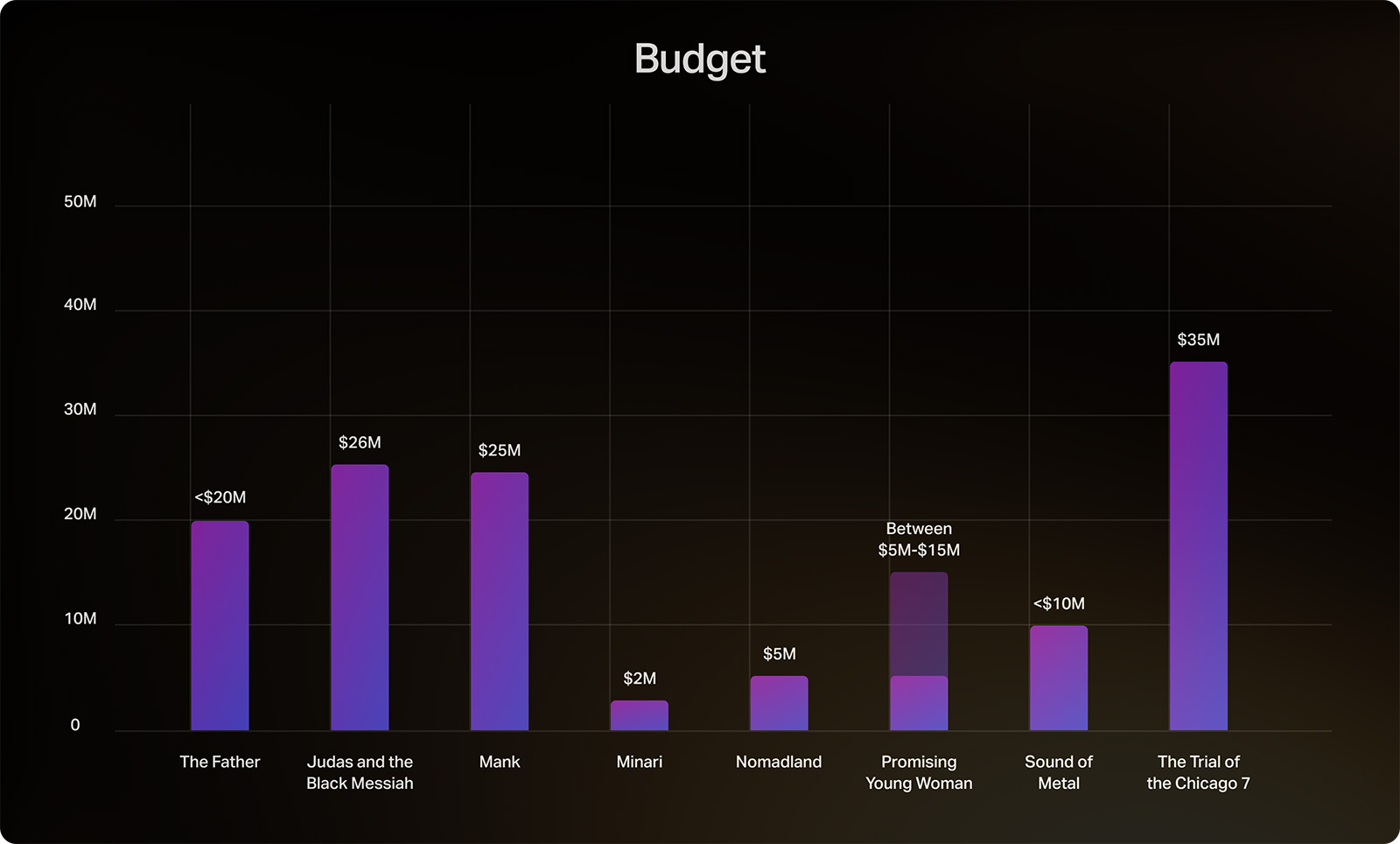
Days of principal photography
Similarly, of 2020’s nominees, three movies spent more than 100 days in principal photography, with both Once Upon a Time…in Hollywood and The Irishman exceeding 150 days. This year, the lengthiest shoot was Mank with 84 days—and that was more than twice the next-most for Judas and the Black Messiah. Nomadland spent a mere fraction of that with just 22 shoot days spread across six months but, like Mank, Trial of the Chicago 7, and Judas and the Black Messiah, it earned a nomination for Best Cinematography (and already won the BAFTA for it). Sound of Metal, the only movie shot on actual 35mm film, spent 28 days, with director Darius Marder reportedly filming only two takes of each shot—a sharp contrast to the chatter around David Fincher’s meticulous coverage that sometimes exceeded 100 takes to capture all of the angles and options.
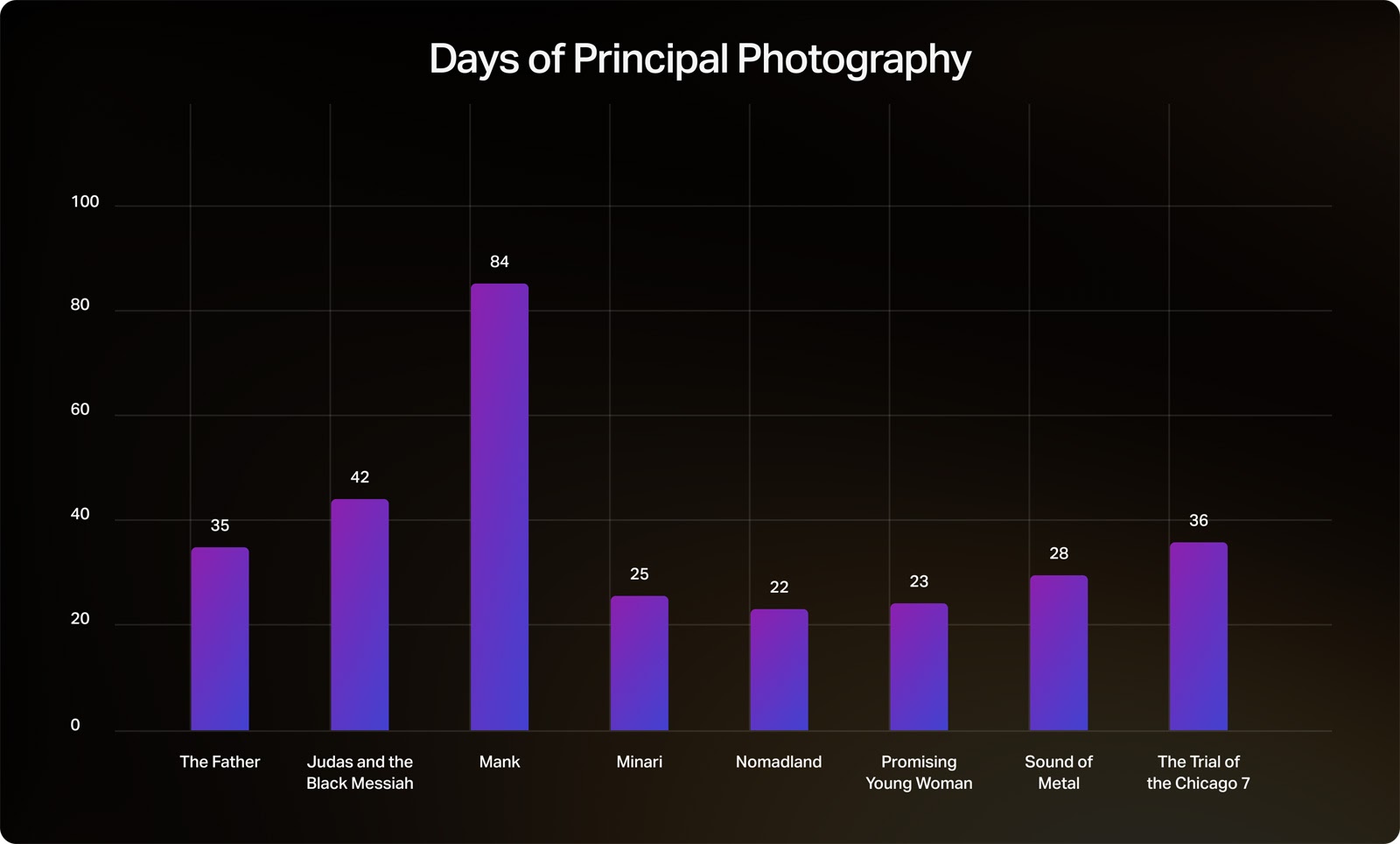
Crew size
Of all the nominated films this year, only Mank had a significant number of VFX shots—2000! Last year, many productions were VFX heavy: The Irishman, Once Upon a Time…in Hollywood, Parasite, 1917. If crew sizes reflect both budgets and the use of VFX, it stands to reason that the largest crew sizes were for the more elaborate period pieces like The Trial of the Chicago 7 with 442 crew members (and only a modest 225 VFX shots), followed by Mank and Judas and the Black Messiah. But compared to last year’s The Irishman (with a crew of more than 900) or Ford v Ferrari (800) they’re significantly smaller. And then there’s Nomadland, with a tiny crew of 62, including some locals who joined the production along the way.
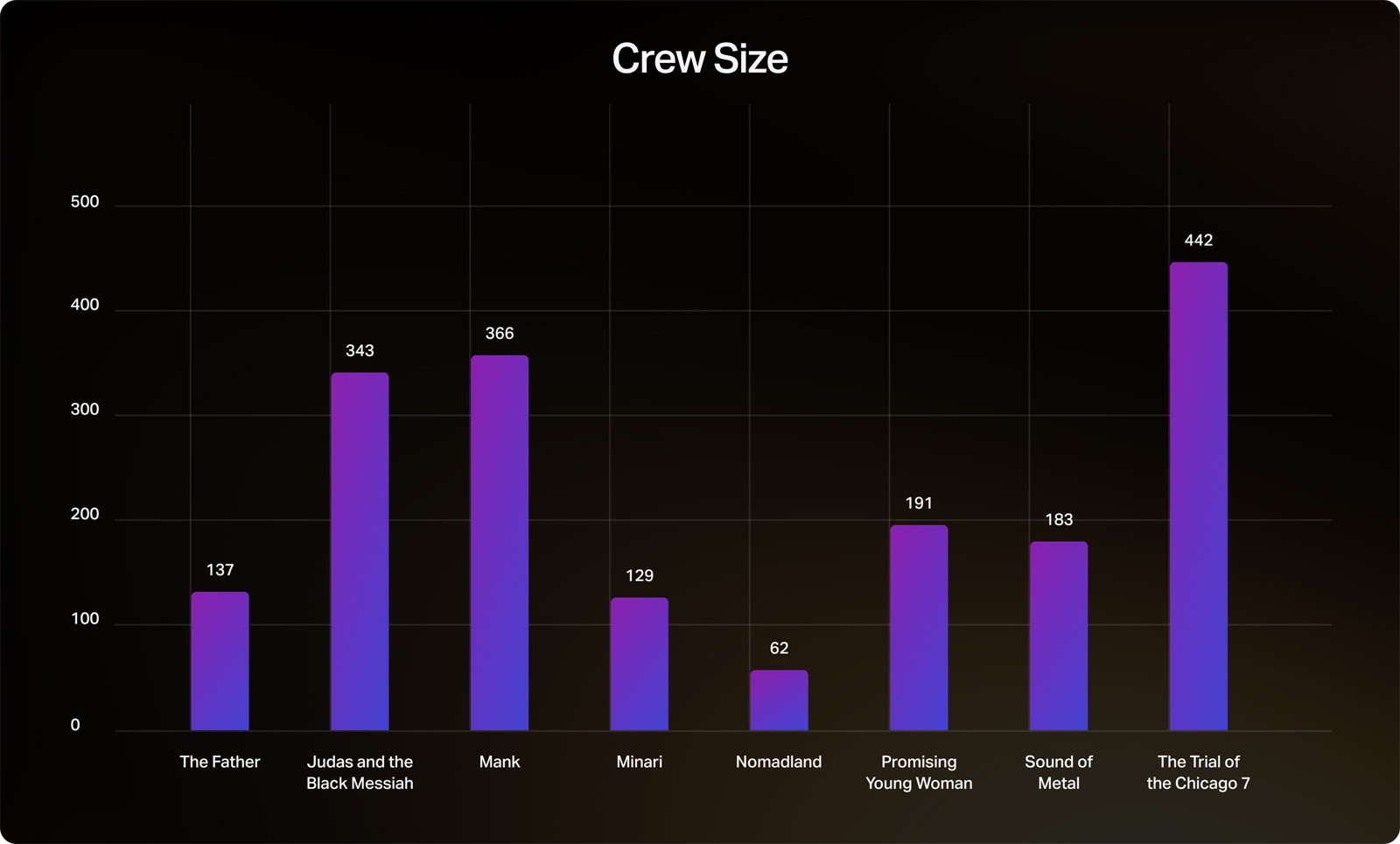
Weeks in post-production
As you might expect, the average time in post-production was also down slightly compared to last year, with smaller budgets creating shorter schedules. Even the VFX-heavy workflow of Mank was only slightly above the 28-week average of this year’s nominees. The outlier was Nomadland, as Chloé Zhao presumably divided her time between her work on Eternals to edit it herself.
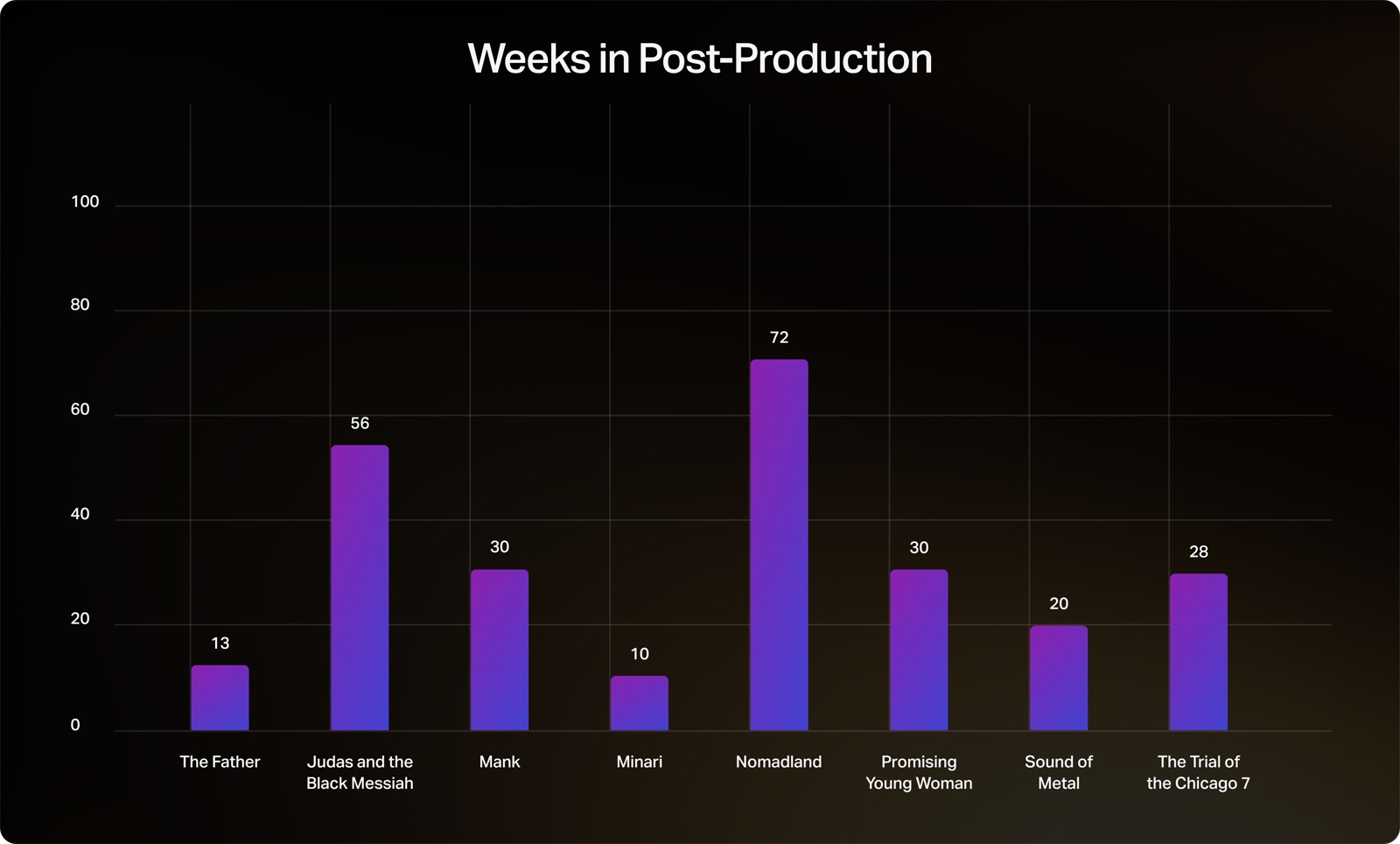
The (home) box office
It’s said that history doesn’t repeat itself, but it rhymes. If we look back at the 1918 Spanish Flu epidemic, it’s arguably part of what contributed to the rise of the Golden Era of Hollywood, dominated by the studio system from the 1920s up until the 1948 Paramount antitrust case disallowed the studios to block-book theaters.
At the same time, with the rise in post-World War II affluence, television became a popular new way to consume entertainment at home. From that convergence, opportunities emerged for less-established filmmakers to produce the kinds of films that were geared more toward an adult movie-going audience. The New Hollywood of the 1960s and ‘70s gave us young auteurs like Francis Ford Coppola, Steven Spielberg, and Martin Scorsese, who created a different kind of cinematic experience—grittier, less escapist, and more reflective of the turbulent times—while the studios diversified into producing not just theatrical but also more family-oriented television content.
Fast forward to 2020, where between the rise of the streaming giants and a lengthy quarantine, the notion of box office as we’ve known it has changed radically, opening the doors wider once again to lower-cost, high-concept films, many of which are reflective of our current cultural malaise, or at least of the politics and circumstances that have led us to this place. Among this year’s nominated films, none is an unqualified feel-good romp—partly because the films that might have been both uplifting and Oscar-worthy were held for release as a result of the pandemic.

If you were to look strictly at theatrical ticket sales for the nominated movies, you’d make some wildly incorrect assumptions. Several of the movies, including the most expensive, had worldwide box office takes in the low six figures (as in $100,000 or thereabouts), something previously unheard of except in the case of bona fide box office flops—which none of these films were.
This is where you have to consider the new models of distribution. If you were to compare the streaming giants—Netflix, Amazon, Disney+, and HBO Max—to the studio system of the Golden Age, you’d see that it’s less about tracking dollars spent against dollars earned, and more about building a content library so comprehensive that the services are a “must-have” that subscribers willingly pay for month to month.
Contemporary viewers, who have been forced to consume movies at home as a result of the lockdown and who may actually prefer to get their entertainment in their own home, now have an insatiable appetite for new content. So on top of the subscription cost, the streaming services are offering first-run films for an extra fee, also known as premium video on demand (PVOD).
PVOD rentals, even at half the traditional box office numbers, carry a high rate of return because the studios don’t have to split ticket sales dollars with the theater owners. In the past, it took between 74 and 90 days for first-run films to become available at home. But in 2020-21, they’ve been available concurrent with the theatrical release for either a premium rental add-on or as part of the regular subscription cost.
So what does all of that mean? Looking at the distribution method versus box office take of the nominated movies, you’ll get a better glimpse of how this plays out. A few notable examples:
Amazon ran the buzzy Sound of Metal as part of their subscription cost. The Father ran theatrically for a month, earning $2.4 million at the box office, followed by a PVOD streaming run of $19.99. Likewise, Minari, with an ultra-low production budget of $2 million, has already taken in $8 million from worldwide box office and is available for $19.99 on Amazon and other streaming platforms. And Promising Young Woman is available on Amazon (and other streaming platforms) for $5.99.
Judas and the Black Messiah debuted on WarnerMedia’s HBO Max on the same day it released in theaters and was included in the $15 monthly subscription for 30 days, a marquee offering for the relatively new streaming service. So far, it’s earned $5.7 million at the box office and can now only be seen theatrically. Nomadland, distributed by Disney’s Searchlight, took an unconventional approach by releasing an IMAX version theatrically and then going to standard theaters and Hulu in parallel, electing to forego the PVOD charge in order to draw subscribers, as it did with Soul, the frontrunner for Best Animated Film, on Disney+.
Mank (produced by Netflix) and The Trial of the Chicago 7 were distributed by Netflix and had extremely low box office takes, but drew new subscribers to the service to see the highly acclaimed films. And with an annual content production budget of an estimated $17 billion in 2020, spending $25 million on a David Fincher movie seems a smart bet.
The COVID factor
So what role did the pandemic play in this year’s Oscar race?
While there’s no way of really quantifying the influence, there’s still the undeniable fact that many of the larger-budget tentpole movies that typically make it into Oscar contention had release dates moved by a year, or even more.
Notable among them are Steven Spielberg’s $100 million West Side Story, initially scheduled to be released in the United States on December 18, 2020 by 20th Century Studios but delayed by parent company Disney until December 10, 2021, and Lin-Manuel Miranda’s In the Heights from June 2020 to June 2021. Big, high-quality musicals tend to fare well in Oscar races—the original West Side Story won ten in 1961. And the release of the Avatar sequels has been postponed until December 2022, as well.
Post-pandemic, there will be plenty of people ready to go back to theaters, particularly to see the big budget, VFX-intensive extravaganzas. But it’s clear that there are also now plenty of viewers who will happily pay PVOD premiums to enjoy their entertainment from the comfort of their homes, and that the streaming services will continue to serve that audience and produce the kind of content that those viewers like to consume.
Common denominators
As always, there’s no formula for predicting what brings a group of Best Picture nominees together, but what’s interesting is seeing the serendipitous similarities that emerge.
While Sound of Metal was shot on 35mm film, all the other films were shot digitally. Arri Alexa LF and Alexa Minis were the primary cameras of choice. However, The Father was shot with the Sony CineAlta VENICE, and Mank with an 8K RED RANGER HELIUM MONOCHROME in order to more faithfully capture true black-and-white imagery evocative of the period—which earned cinematographer Erik Messerschmidt the Oscar.
Most shows were edited on Avid in DNxHD 36, except for The Trial of the Chicago 7, which worked in DNx115, and Judas and the Black Messiah in DNxHD 35. Mank was the sole outlier, choosing Adobe Premiere Pro.
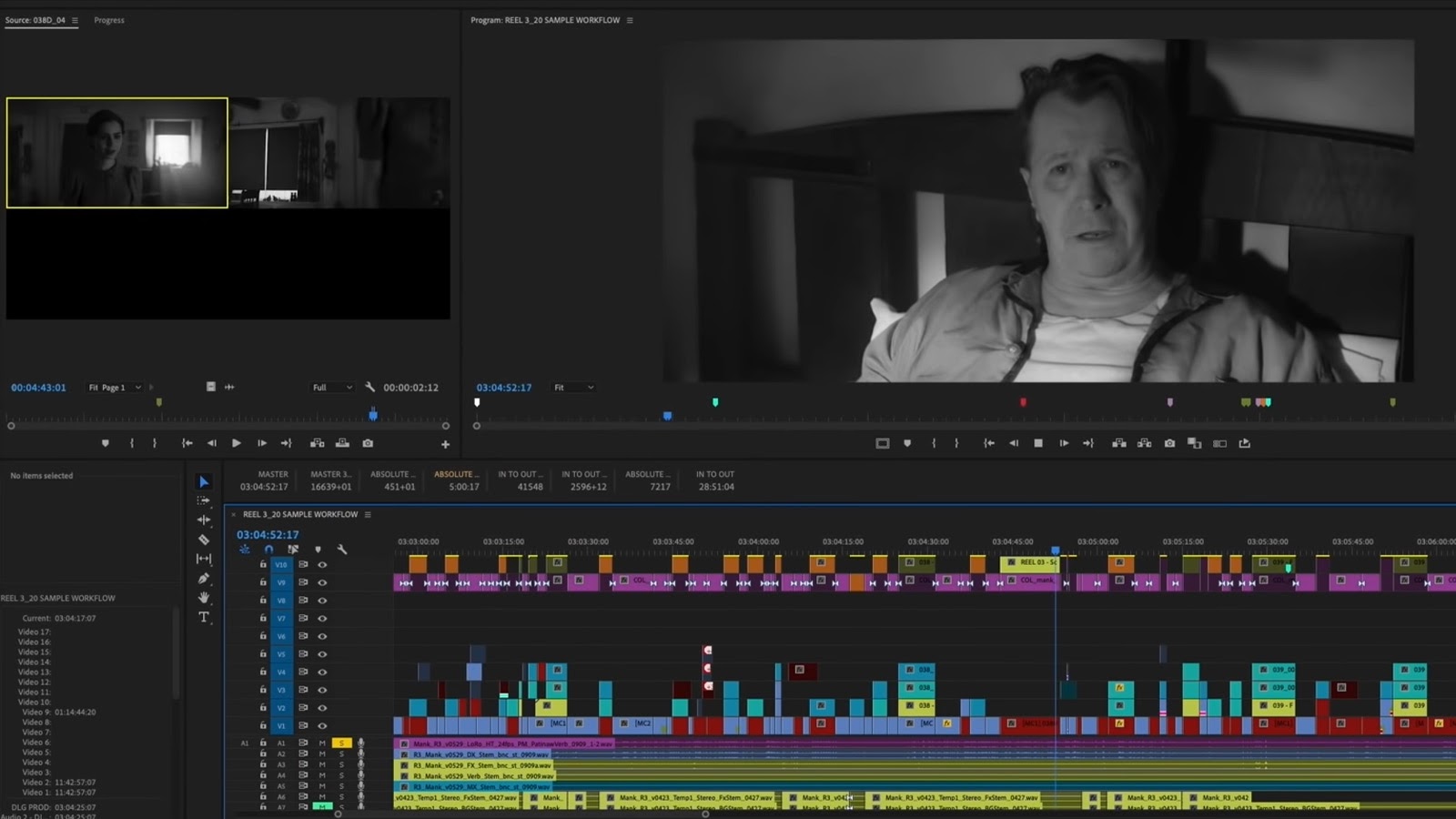
Notably, this year’s nominees have all achieved high critical acclaim. Mank and Chicago 7 are the “lowest” rated at 89 percent (for comparison, last year’s lowest was Joker at 68 percent), followed by four with ratings in the 90s, with Minari and The Father topping out at 98 percent.
As is often the case with filmmakers working at this level, there are numerous repeat collaborations. Chloé Zhao shot Nomadland with cinematographer Joshua James Richards, with whom she has worked on all five of her features (and who happens to also be her life partner). Judas and the Black Messiah reunited director Shaka King with his high school friend and previous collaborator on 2013’s Newlyweeds, editor Kristan Sprague. David Fincher once again worked with editor Kirk Baxter on Mank, whose collaboration dates back to The Curious Case of Benjamin Button in 2008. Mank cinematographer, Erik Messerschmidt, also worked on Fincher’s show Mindhunter. And Chicago 7 writer-director Aaron Sorkin worked again with editor Alan Baumgarten, who edited 2017’s Molly’s Game.

If nearly 40 percent of this year’s nominees didn’t have repeat collaborations, it’s largely a result of several notable directorial debuts: Florian Zeller with The Father, Emerald Fennell with Promising Young Woman, and Darius Marder with The Sound of Metal.
What’s perhaps most serendipitous, however, are the themes that connect the films. Each of the Best Picture nominees feature characters facing challenges that are larger than they are as individuals: racism, misogyny, aging, societal marginalization, and alienation. This year’s offerings all embraced important issues and did what art should do—help us empathize with the complexities of the human condition by immersing us in the experiences of others.
The political docudramas
Speaking of history rhyming, you won’t find two more relevant films than Judas and the Black Messiah and The Trial of Chicago 7.
Based on true stories, set in late 1960s Chicago, they mirror our current moment by reflecting on the past.
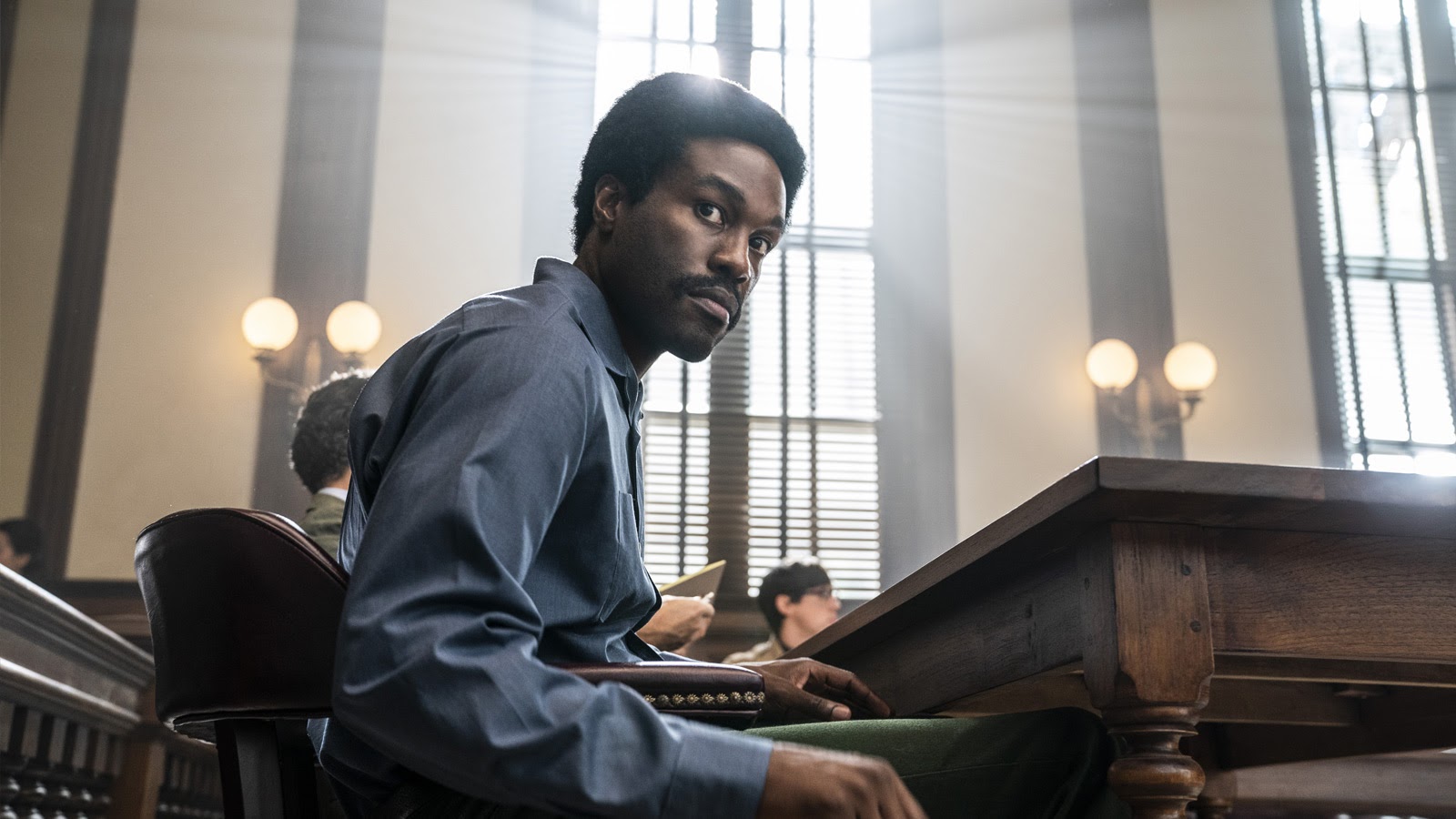
Judas and the Black Messiah depicts the Black Panthers’ struggle to support their community while combating racism, segregation, police brutality, and the draft by telling the story of the FBI’s infiltration into the Panthers that led to the assassination of Fred Hampton.
Complemented by the anti-Vietnam protests and the riots at the 1968 Democratic Convention at the center of Chicago 7, the two films offer a powerful history lesson that foreshadows the Black Lives Matter movement and the ongoing protests across the U.S., which at the time of this article’s publication have been reignited by the continued police violence toward Black men.
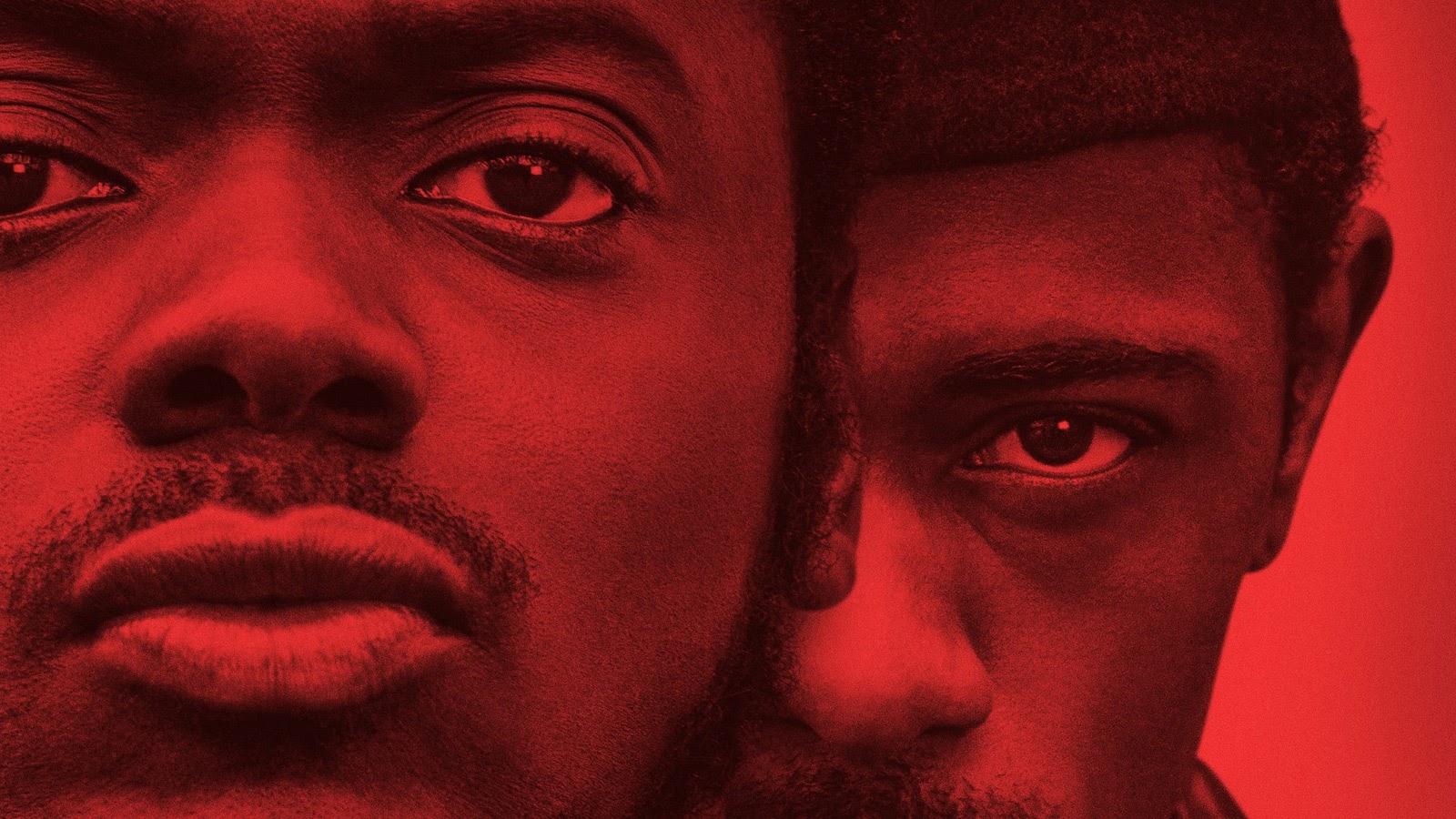
Judas and the Black Messiah
Production on Judas and the Black Messiah began October 2019 and lasted 42 days, shooting primarily in Cleveland as a double for 1960s Chicago.
Cinematographer Sean Bobbitt (a frequent collaborator of 12 Years a Slave director Steve McQueen) shot with Arri Alexa Mini LF cameras with Hasselblad DNA LF lenses in ARRIRAW 4.5K. The footage was processed on set by DIT Mark Wilenkin, who created the media files that editor Kristan Sprague’s assistants, Michael LaFond and Jonathon Proctor, would then ingest into Avid in DNxHD 35 running on Mac Pro Towers with a shared local network.
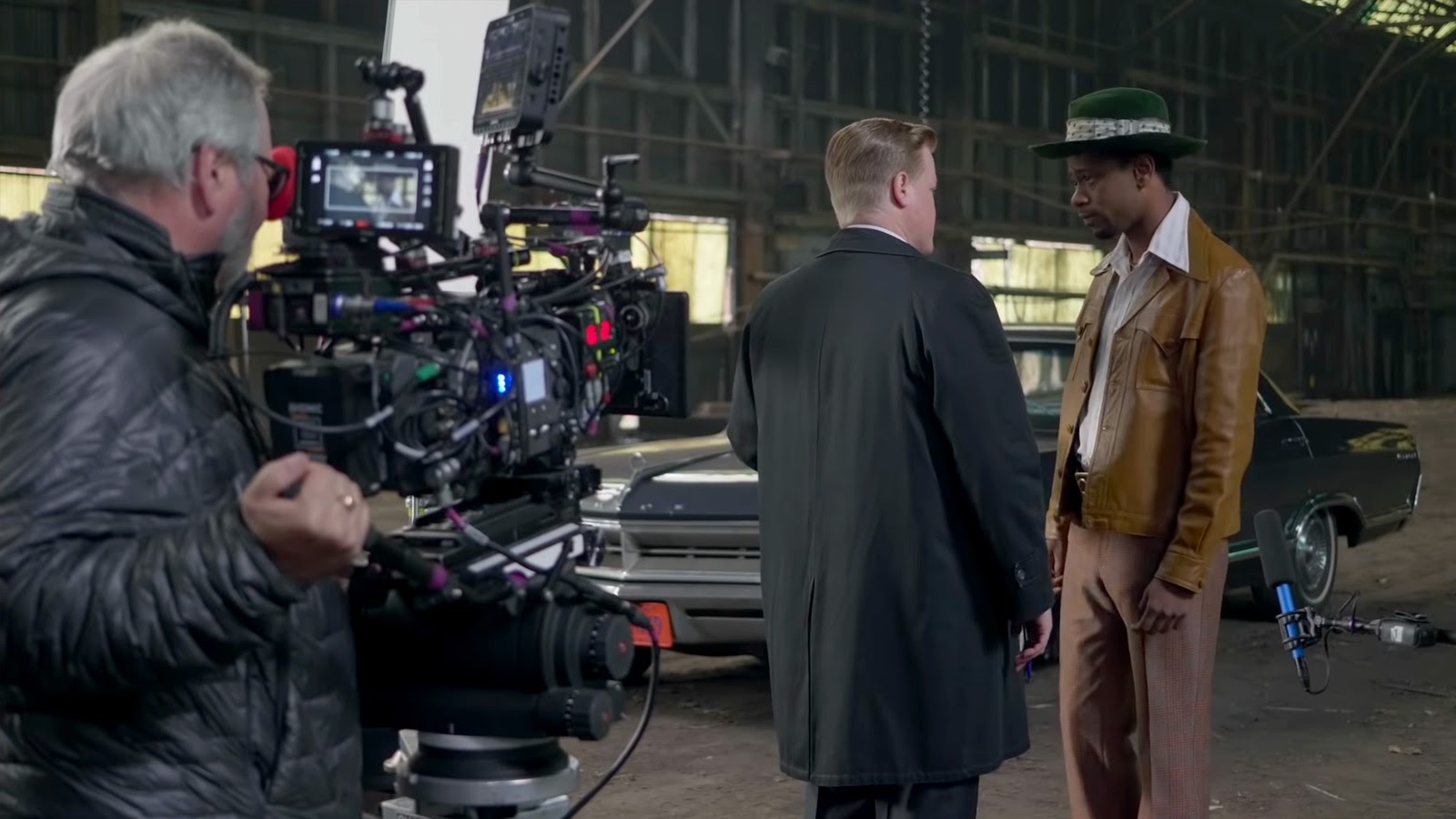
Each morning, the previous day’s footage was ready for Sprague, who began working out of post-production studio Company 3 in New York City as soon as production started.
Sprague created detailed string-outs of all the footage—often going line-by-line, take, and angle. Although this was a challenging process for him and his assistants, he felt it helped him to better find the beats and rhythm of a scene.
What proved to be a bigger challenge, however, was the arrival of COVID during post-production.
As was the case with so many post-production teams, their workflow needed to change quickly. They worked out a system in which Sprague took a hard drive home with all the material from their shared network. He then used Evercast to work through edits in real time with director Shaka King. As revisions were made, Sprague’s assistants, who were also working remotely, updated materials on the local network back at their offices.
In that way, post-production moved along, including the process of creating “invisible” visual effects to make the footage period-appropriate and to accent action scenes with extra bullet holes, blood, smoke, and flying debris. The film was locked in November 2020, anticipating its world premiere at a virtual iteration of the Sundance Film Festival, and was subsequently released in February 2021 in theaters and on HBO Max.
The Trial of the Chicago 7
A common theme isn’t the only thing that Judas and the Black Messiah and Aaron Sorkin’s Trial of the Chicago 7 share.
Both began production in October of 2019 and used Arri Alexa LF and Alexa Minis—but Chicago 7 actually shot on location in Chicago and New Jersey.
Dailies were processed on location and sent to a facility in Hollywood, where a production assistant picked up and brought the drives to the cutting room.
Alan Baumgarten (who won the ACE Eddie for Best Edited Feature Film Drama) cut on Avid Media Composer v. 2018.12.3 in DNx115. He and his team—first assistant/additional editor Christine Kim and assistant editor Brandon Marchionda—were equipped with three full Avid systems and one software-only import/export station. Media was stored on an Avid NEXIS server and was backed up to a separate drive that was updated weekly.
Baumgarten didn’t share cuts with Sorkin during production, but would communicate by phone or email to request further coverage as he worked through the dailies. Baumgarten also needed to provide edited archival footage for on-set playback—one in which a character shows Vietnam War footage in an auditorium, for example.

Sorkin returned to Los Angeles when production wrapped and Baumgarten presented the writer-director with a full assembly. That became the starting point for the director’s cut that was slated for presentation to studio executives in March 2020.
And then, the day before the scheduled screening, the pandemic shut Hollywood down.
For the next four months, the team worked from their homes on their Avid systems. With the director’s cut already done, Baumgarten and Sorkin were able to work remotely more easily, with Baumgarten sending Sorkin sequences which they could discuss through phone, email, or Zoom.
Post-production, meanwhile, became an international collaboration.
Composer Daniel Pemberton worked from London, music editor Carl Kaller from Hawaii, and cinematographer Phedon Papamichael from Greece. Brainstorm VFX in New York handled the approximately 225 shots that included split screens, speed ramps, fluid morphs, period clean-up, and crowd enhancement.
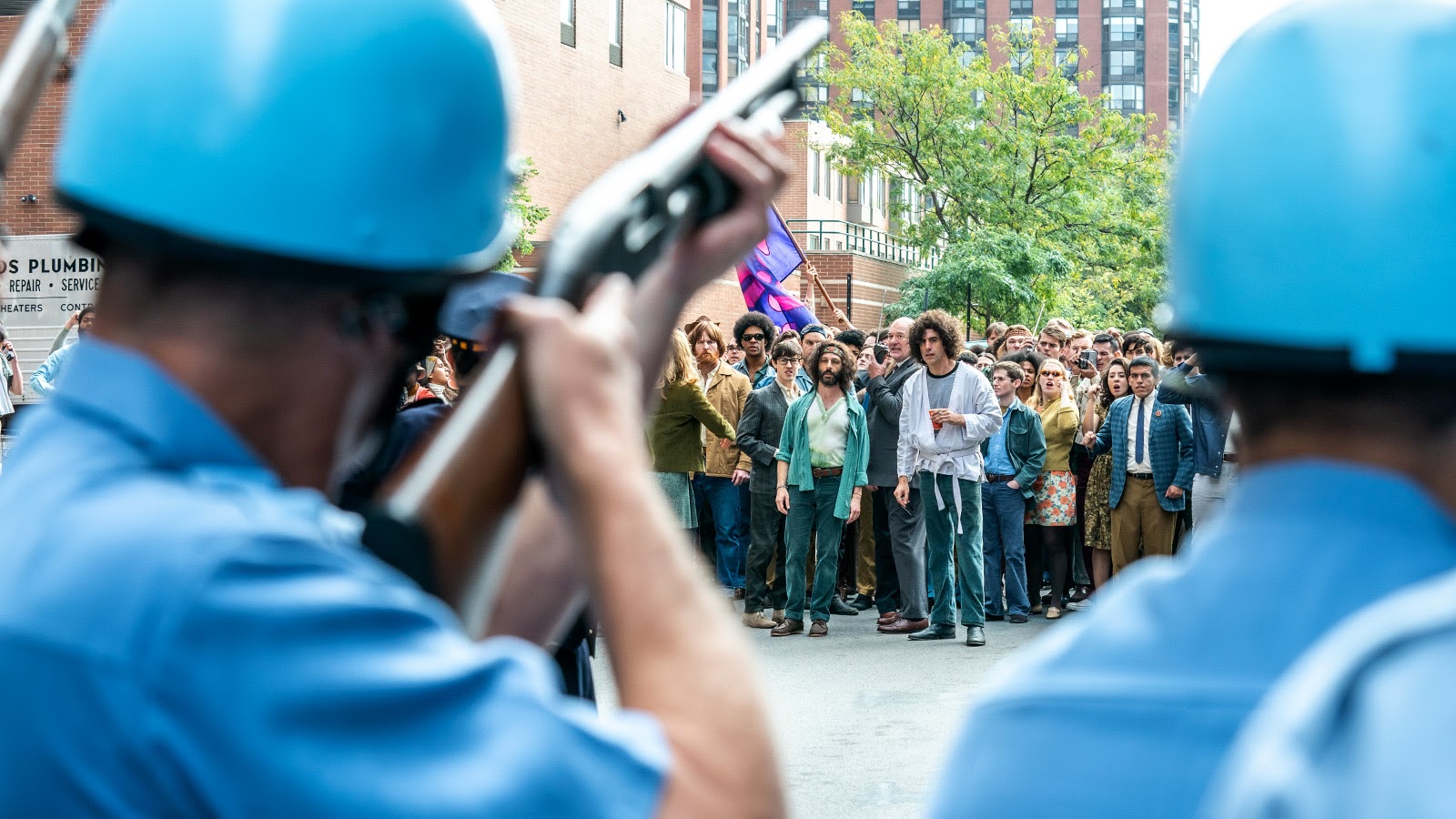
Over the course of the 28 weeks it took to complete The Trial of the Chicago 7, the distribution deal changed in response to the pandemic. Initially set to be released by Paramount, they instead struck a $56 million dollar deal with Netflix, where it premiered in October 2020.
Family dynamics
What do these three stories have in common: A Korean-American family builds a life in Arkansas, a daughter copes with her aging father’s dementia, and the story behind Citizen Kane?
At their core, they’re about family. In Minari and The Father, the drama plays out on screen. With Mank, the family dynamics occurred both on and off screen, as David Fincher brought his late-father’s script about the Mankiewicz brothers to completion after decades of attempts.
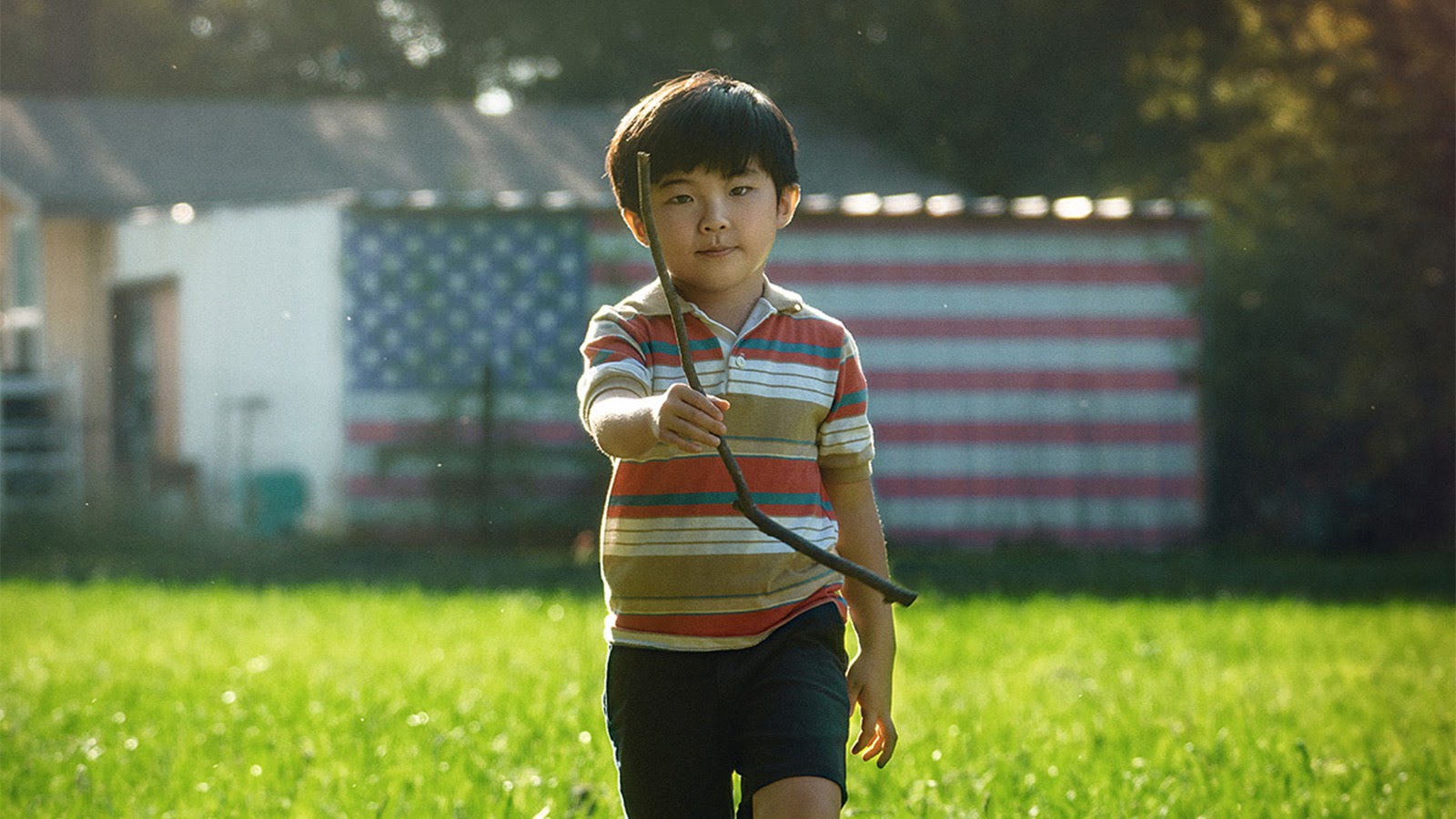
Minari
Even before Minari began principal photography, editor Harry Yoon knew his deadline—the Sundance Film Festival in January of 2020. That’s why he started cutting on the first day of production in July of 2019.
Yoon shared that over the course of the 25-day shoot in Tulsa, Oklahoma, cinematographer Lachlan Milne used the Arri Alexa Mini camera system with spherical lensing, shooting 1.78 FF (and protecting for 2.39) 3.2k ProRes4444 in Log-C color space onto CFast card media at 23.98 fps with NDF TC using REC 709 viewing LUTs at gamma 2.4.
DIT Jon Roma transcoded dailies to DNxHD 36 and uploaded through Aspera to Los Angeles, where Yoon and assistant editor Irene Chun worked in a rented cutting room in a converted warehouse owned by A24. Yoon says, “It used to be an exterminator’s office and still said ‘Exterminators’ on the sign, so it was super nondescript.” Yoon worked on a Mac Pro “trashcan” and Chun on an iMac equipped with USB/Thunderbolt hard drives.
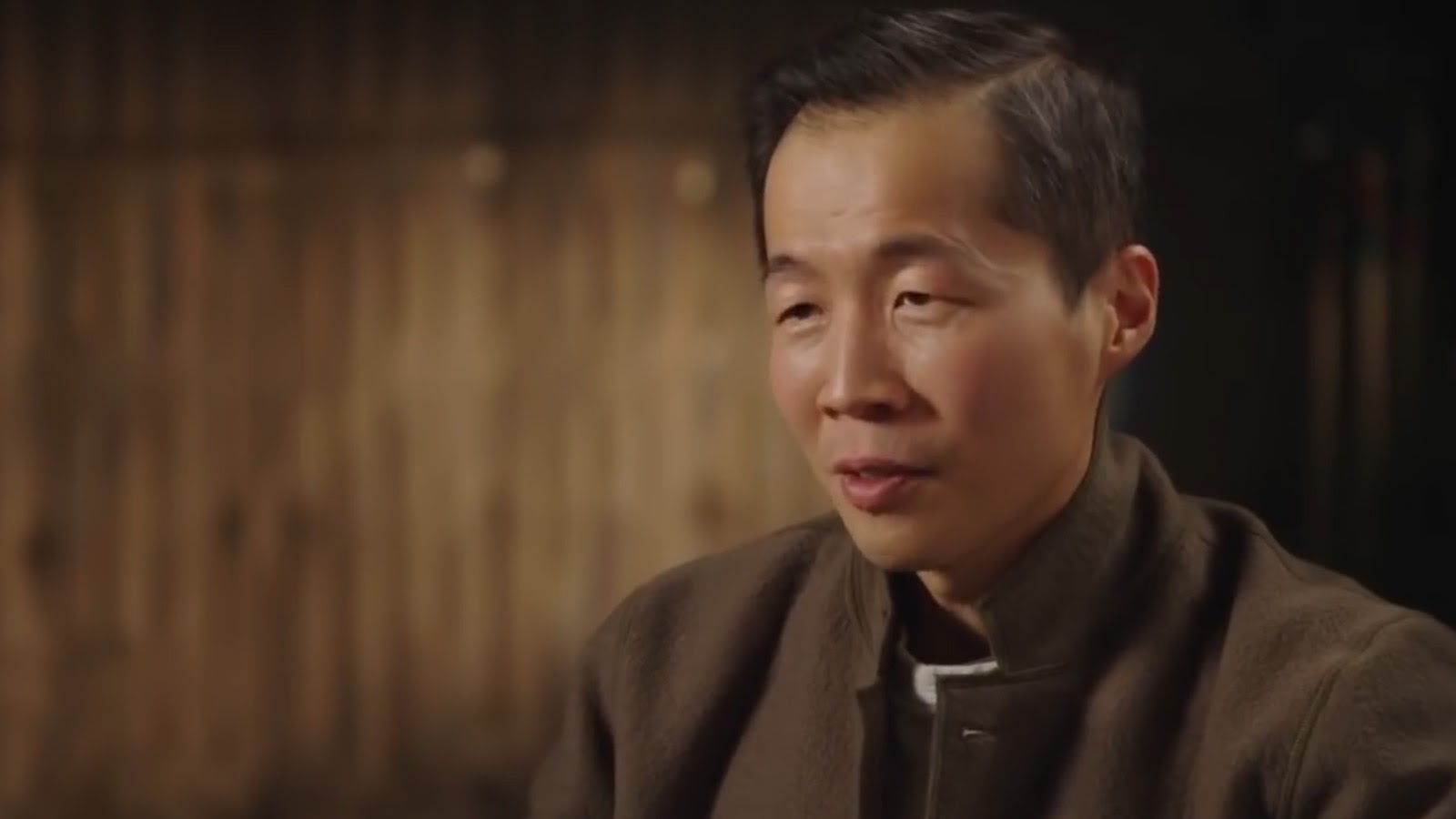
Minari is a personal story for director Isaac Chung, based on his own experiences in the Korean-American diaspora, and the landscape of Tulsa doubles for the Arkansas of his childhood. During the four weeks of production, Yoon stayed in close contact with Chung to show him work in progress and to ensure that the lean production gave him the coverage he needed.
Once they had the initial editor’s cut, they spent another 10 weeks until picture lock in December 2019. During that time, they did approximately 50 “invisible” VFX shots including paint-outs, split comps, re-speed clean-ups, and fire enhancement to a scene in which a barn is burned. They also needed to do extensive subtitling because the characters speak in both English and Korean.

Yoon and his team hit their Sundance deadline, where it garnered the U.S. Grand Jury Prize and Audience Award in the U.S. Dramatic Competition, beginning its road to the Oscars. The production also served to connect the small team of Korean-American filmmakers, whose similar experiences helped them create a deeply authentic film that resonated with audiences.
The Father
Director Florian Zeller’s Oscar-winning feature debut (based on his own play) about an elderly man’s descent into dementia is designed to draw the viewer into the character’s constantly shifting reality.
Shot on a sound stage in London, it was editor Yorgos Lamprinos’s job to create an immersively surreal experience as the drama between the title character and his daughter unfolds.
The production was an international affair from the start, with Lamprinos working from Paris during the 35 days of principal photography. Cinematographer Ben Smithard shot with a Sony Venice in 6K and dailies were transcoded to DNxHD 36 for Avid, synched by on-set DIT Alan Robert Hopkins, then sent from London to Paris via FTP.
Lamprinos began working during production, with assistant editor Clémence Le Brun actually participating in cutting the first assembly. During production, Lamprinos had “a few conversations” with Zeller, and when Zeller returned to Paris, Lamprinos showed him the first cut.
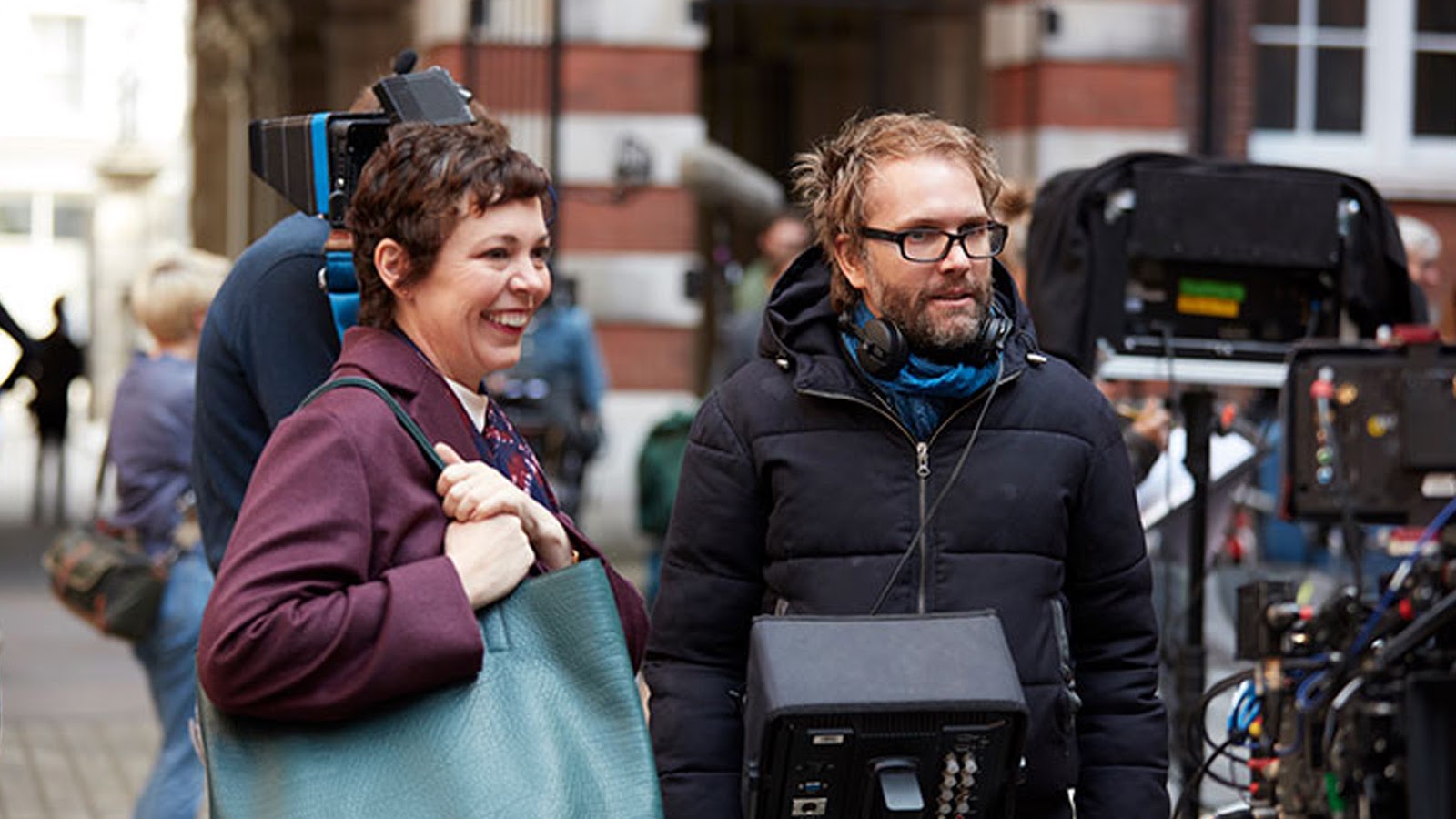
From there, they spent 13 weeks in total, which seems lean for a movie with that degree of narrative complexity.
There’s a kind of labyrinthine non-linearity that includes scenes that are replayed with different coverage or points of view, relationships that shift as characters switch roles, ellipses in time, and changes in the geography of the environment. The viewer, along with the main character, often questions what’s real, who’s who, where we are, and how we got there, and it’s a testament to Lamprinos that even with the deliberate confusion, we come to the answers in a subtle and elegant way.
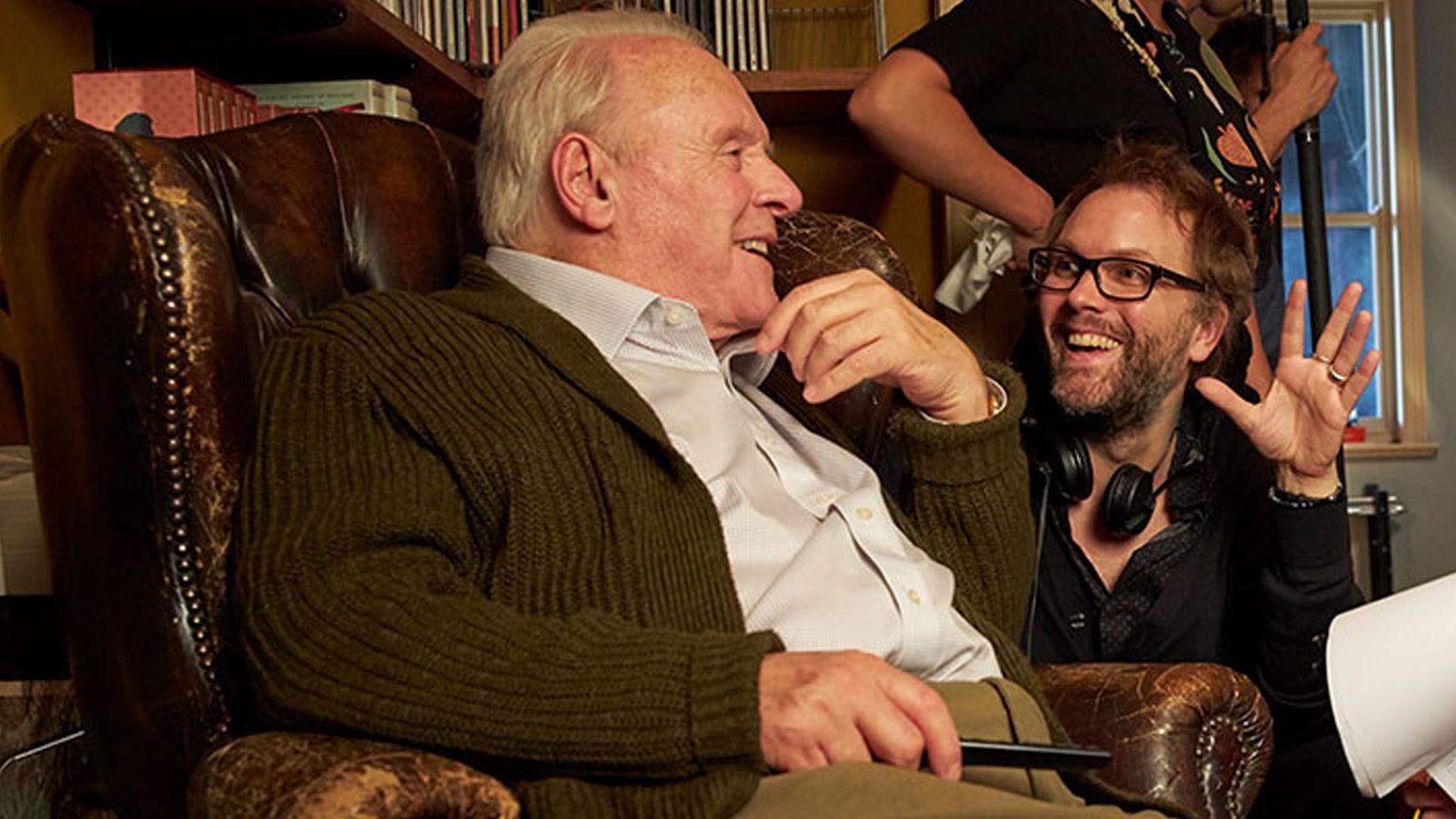
If there’s a metaphor here, it’s that the relationship between director and editor—especially in a first-time collaboration—is much like that of hiring a caregiver for a family member.
Zeller’s original play, Le Père, premiered in 2012, so in much the same way that the daughter must trust a virtual stranger to care for her father in her absence, Lamprinos is responsible for caring for Zeller’s “child,” which he’s nurtured for nearly ten years.
Mank
A script-to-screen journey of 30 years, David Fincher’s Mank has all the marks of the auteur perfectionist.
Based on the screenplay Fincher’s father wrote in the nineties, it follows the spectacular decline of writer Herman Mankiewicz and his relationships with Joseph, his more successful younger brother, and Sara, his long-suffering wife.
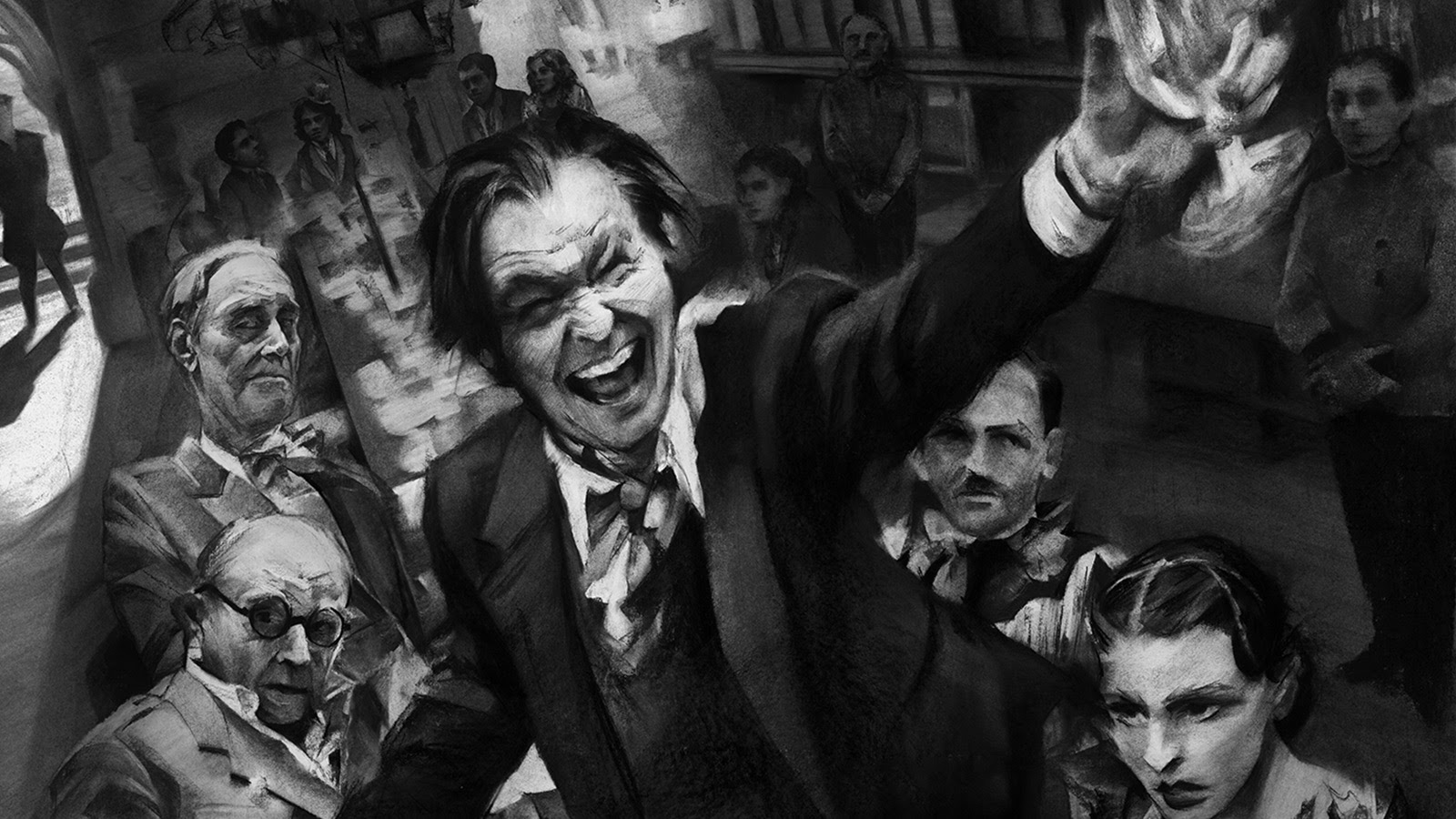
For starters, Oscar-winning cinematographer Erik Messerschmidt used the RED MONOCHROME 8K HELIUM sensor R3D to evoke the black and white, deep-focus aesthetic and cinematic style of the 1930s.
To enhance the look and give the film more of a vintage feel, the team did a lot of additional image processing so that it’s less crisp, adding scratches and grain—even going as far as adding “cue marks” and the accompanying sound pops to make it look as though there are film reel changes.
Production began in and around Southern California in November 2019 and wrapped in February 2020, just short of the pandemic shutdown. Considering the degree of coverage they captured for the many complex scenes, 84 days of principal photography seems almost brisk.

The team worked out of Number 13, Fincher’s in-house post-production unit. According to first assistant editor Ben Insler in an extensive Art of the Cut interview, a proprietary 2019 build of Adobe Premiere Pro has been their editing system of choice. They work on iMac Pros with two monitor feeds, as well as two servers: one OpenDrives fast-access server for editorial media, and another larger-capacity G-Tech server for source footage and non-high speed files.
All dailies for Mank were processed in FotoKem’s NextLab. Once they were rendered, the team of assistants (Jennifer Chung, Casey Curtiss, Russell Anderson, and Jeremy Shattuck) were also able to export a metadata file that they ingested into their custom-scripted Dispatch Filemaker database. Using that data, Dispatch has the ability to rapidly create XMLs that can be imported into Premiere. This enabled them to create all of the multi-cams that were already set up and strung out in the order, so that they could get right into breaking down the dailies for editor Kirk Baxter.
Number 13 also has an in-house DI theater, equipped with a broadcast SDR monitor, an HD monitor, and a 20-foot screen, where Mank was graded.
Their customized pipeline allowed the team to handle the 2000 VFX shots in a proactive way, moving easily between Premiere and After Effects. Insler says that on the Premiere timeline VFX shots were color-coded in blue, and on this film basically the whole timeline was blue. Most of the shots required stabilization to help line them up the camera moves on various angles and characters within scenes. And there were “hundreds” of split screens for stitching together different takes into a single shot, a technique Fincher developed during The Social Network.
It’s also a technique that Bong Joon Ho and Jinmo Yang employed in last year’s Oscar winner, Parasite.
With Baxter’s first assembly already done, the production decided to shift to working from home a few days prior to California’s mandatory lockdown. Fortunately, that shift wasn’t particularly difficult—as was the case for many productions that were accustomed to distributed workflows and versatile processes. All four assistants and Baxter made the transition within about three or four days’ time, and cut with H.264 proxies of the media to reduce the storage load from 60 TB to 18 TB.
The team needed to be able to stay in sync while exchanging everything from VFX shots to music from the composers, and were able to use the VPN that had been put in place for Mindhunter as the central hub. Using Resilio Sync for the Premiere projects let them work remotely and feel as though they were all working on a centralized server together. They also used another bit of software called Chronosync to synchronize all the media on each person’s computer every 15 minutes.
The pandemic that forced them to work remotely from March through October 2020 served as a proof of concept for successful collaboration, with Baxter and Fincher completing the director’s cut from their respective homes. It’s also an example of the kind of ambitious, high-tech production that informs the future of how we make, distribute, and consume entertainment.
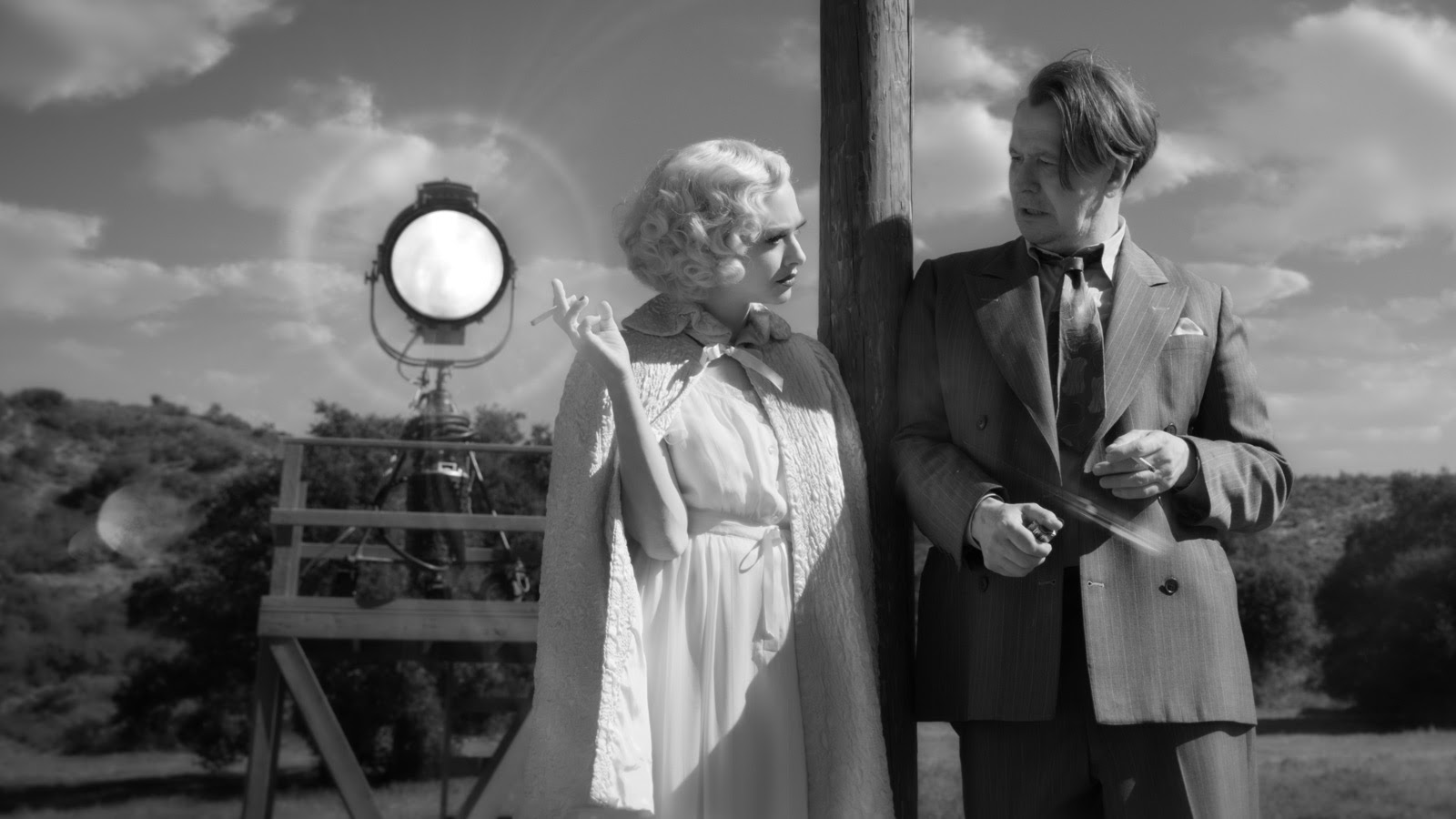
The downside to working remotely? According to Insler, it’s the creative camaraderie that comes from being physically in the same space at the same time.
The ability to overhear what’s going on in the next room, to have the in-person experience of overhearing creative conversations, of thinking out loud and having someone step in to help you solve a problem—it’s maybe what makes a team feel more like the professional family they become after so many weeks and months of working together.
The new New Hollywood
Back in the 1970s, a crop of young directors captured Hollywood’s attention with films that unapologetically reflected the Vietnam-era American zeitgeist.
From George Lucas’s THX 1138 (1971) to Martin Scorsese’s Taxi Driver (1976), they announced their arrival with small films based on big ideas. Those directors, of course, went on to have some of the most successful careers in Hollywood history, earning both critical acclaim and lots (and lots) of money.
Will history repeat with this year’s class of young, independent filmmakers? If the nominations and wins already stacking up are an indicator, there’s a fair chance that we could be witnessing the new New Hollywood in the making.
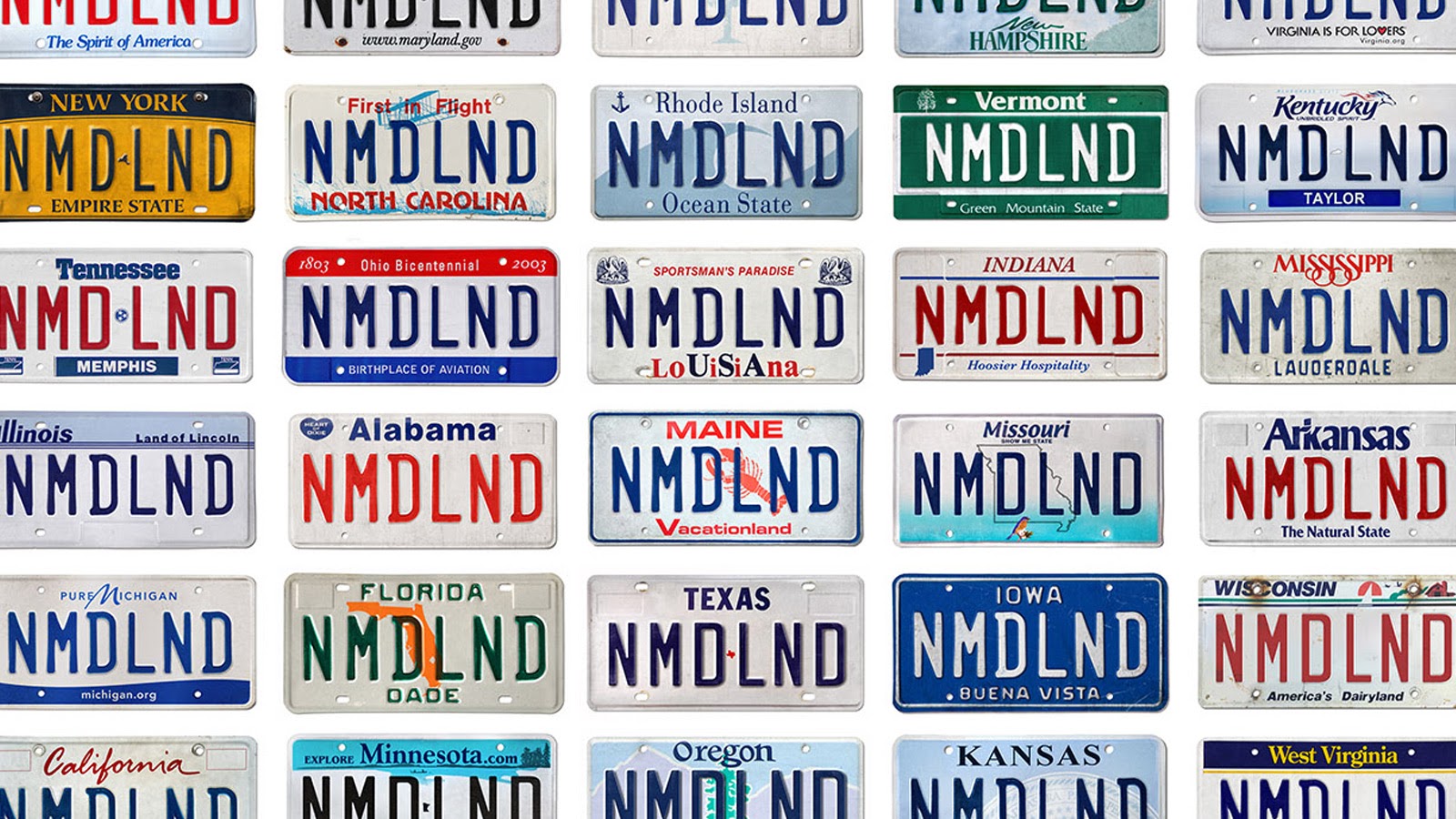
Nomadland
Chloé Zhao, while not exactly a newcomer, remains a fresh and formidable voice.
After garnering numerous nominations at festivals from Sundance to Cannes for her 2015 feature debut Songs My Brother Taught Me, she went on to direct The Rider, another festival favorite.
Her style of embedding herself with non-professional actors and letting them tell their stories has established her as a director whose light, deft touch allows the audience to become immersed in unfamiliar situations and to experience deep empathy for the characters and their circumstances.

Zhao, a triple threat as writer, director, and editor, has swept the awards circuit with Nomadland, earning her Golden Globe, BAFTA, DGA, and the Academy Award for Best Director and Best Picture.
And like her New Hollywood predecessors, she’s already deep into post-production on her first Marvel movie, Eternals, which unfortunately meant that we couldn’t interview her for this article.
Still, what information is publicly available tells the story behind the story. Based on Jessica Bruder’s 2017 book of the same title, Frances McDormand optioned it and approached Zhao to direct after seeing The Rider. Zhao, though born in China, set her first two films in the Badlands of South Dakota, territory that Nomadland explores, as well.
The story of the aging American “houseless,” traveling the country in scrappy vans to pick up sustenance-wage temporary gigs, takes us inside a group of people forced to live on the margins of society while creating a supportive community for themselves.
With a lean budget of $5 million and a tiny crew of 36 (during production), Zhao and cinematographer Joshua James Richards traversed the American west over the course of four months to capture the real Nomads and their stories.
Working out of vans themselves, the team spent an economical 22 days in principal photography in remote locations from the Badlands to the Pacific Northwest, through harsh winter and dry summer. Shot on Arri Alexa Mini and Arri Amira with Zeiss Ultra Prime Lenses in ProRes 4444 at 3.2K, the film was released theatrically in IMAX, with lucky audiences able to experience the vastness of the American landscape that is as much a character as those who travel through it.
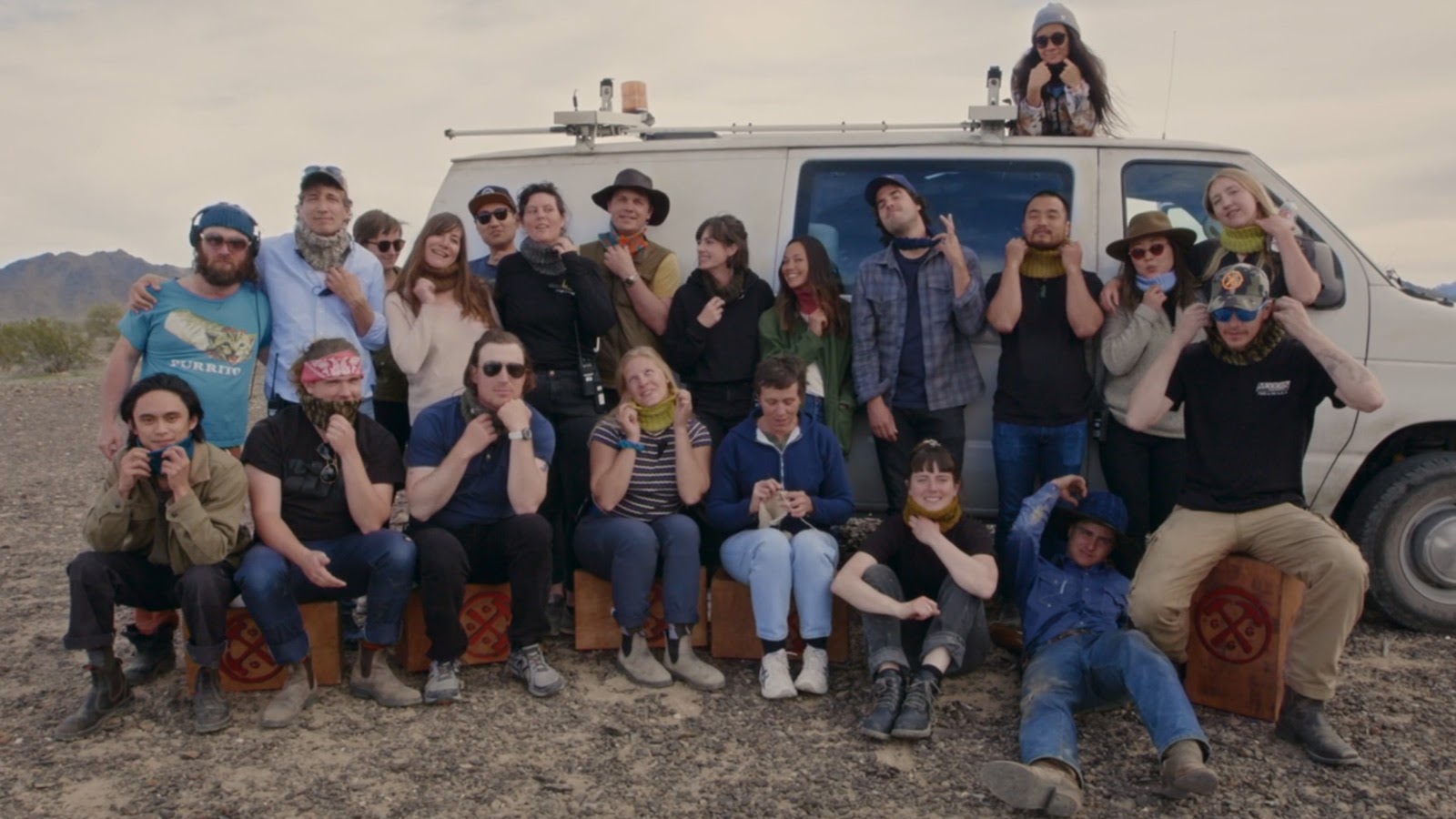
Zhao created the screenplay adaptation, a living document that was constantly changing based on the real people they were able to access and the stories they were willing to share.
Rather than giving the Nomads a script, Zhao asked them to tell their stories in an authentic way for the most natural performances, and her cinematographer was there to capture every nuance of expression in those intimate moments.
Zhao edited Nomadland herself, bringing her vision to life by allowing the viewer to linger on the important moments—the stories, the faces, the human connections, the joys of a shared meal, the isolation of being alone, the long roads, and the vast landscape.
Not unlike Frances McDormand’s husband, Joel Coen (who, along with brother Ethan, edits their films), Zhao trusts her instincts and we, as viewers, trust her to take us to places, emotionally and physically, we might never find on our own.
The Sound of Metal
The team at Caviar seems to have a knack for producing caviar-quality results on fish sandwich budgets.
Their bet on Chloé Zhao’s The Rider, reportedly made on “a very low budget,” was successful with critics and at the box office.
Likewise, their recent bet on Darius Marder’s feature directorial debut, Sound of Metal, seems to be reaping both awards and rewards.

Marder’s more than ten-years-in-the-making passion project about a heavy-metal drummer who loses his hearing has earned Best Editing and Best Sound Oscars and BAFTAs for editor Mikkel E.G. Nielsen and Sound Designer Nicolas Becker.
Among the Oscar nominees, it’s unique in several ways, not the least of which is they were the sole film to shoot on actual celluloid.
Marder dismisses the idea that shooting on film is always more expensive, noting that it had the reverse effect by forcing him to work methodically and judiciously. It’s the rare director who shoots sequentially and limits coverage to two takes per setup, but Marder has proven that quantity doesn’t necessarily dictate quality.
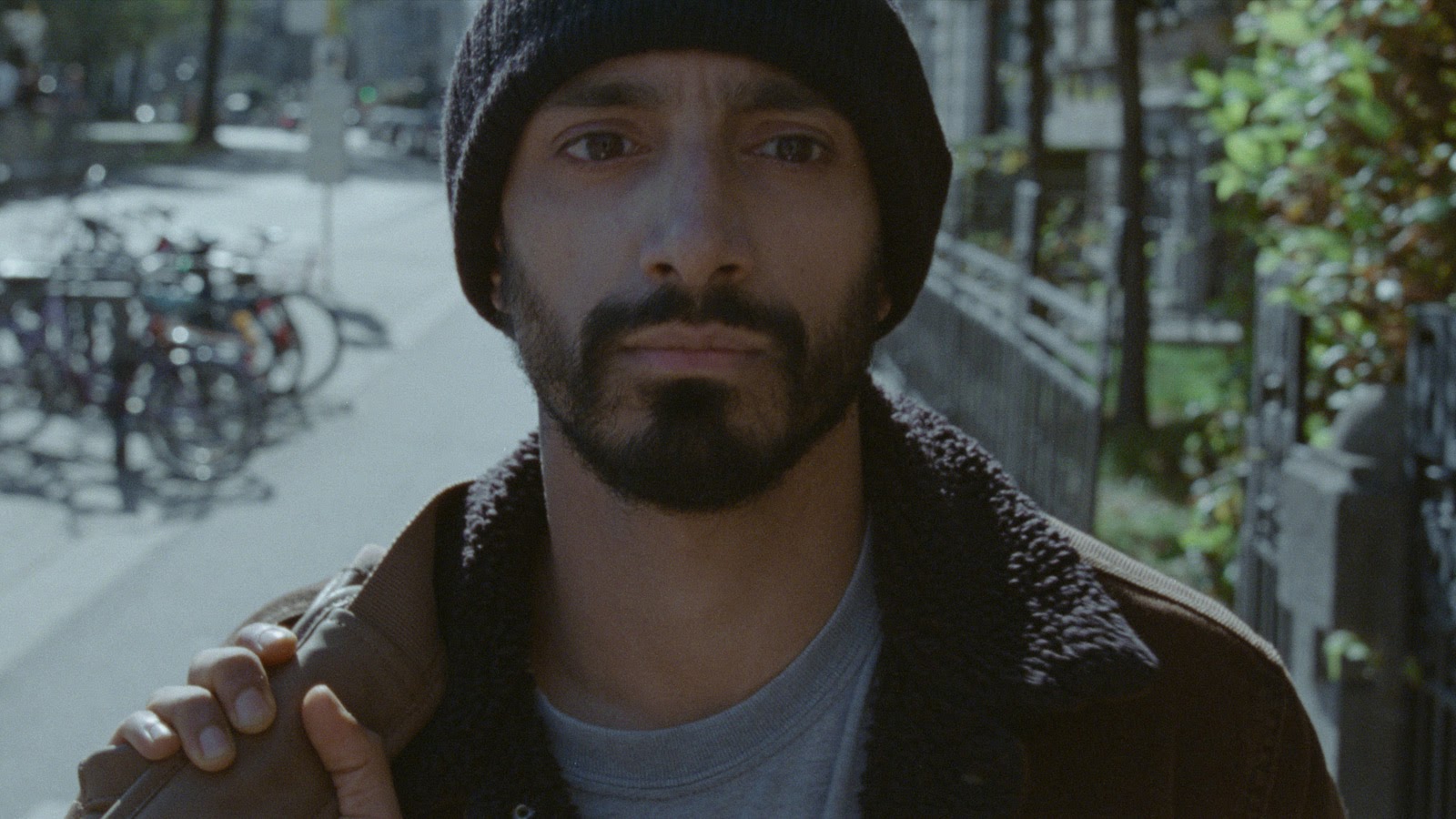
Cinematographer Daniël Bouquet used an Arriflex camera and Kodak 250D Vision 3 5207 & 500T Vision 3 5219 during the disciplined 28-day shoot in Massachusetts and Belgium. Because they captured on film, it had to be sent to FotoKem in LA to be processed and scanned on a Scanity at 4K, with Avid DNxHD 36 proxies created for editorial.
During production, Arianna Tomasettig cut dailies prior to Nielsen’s joining the team—unusually late in the production—just three weeks before they wrapped principal photography in Belgium (doubling for Paris). Based in Denmark, Oscar winner Nielsen often travels to cut commercials at Rock Paper Scissors in New York and LA, so his assistant there, Alex Liu, ran a virtual workspace from the LA office on a SAN while Nielsen worked off a drive at his home in Copenhagen.
Also notable is that during the approximately 17-week edit, Caviar’s in-house post-production studio, Loom, used Frame.io to exchange dailies and work in progress, as well as for the subtitling process, a creative choice that helps the audience experience the main character’s progressive hearing loss from his point of view.
Loom also produced the approximately 180 VFX shots, which included screen and sky replacements, wound and scar creation, and (because it was shot on film) dust and scan-artifact cleanup.
The film has already been recognized for its innovative Oscar-winning sound, and Nielsen worked closely with sound designer Nicolas Becker, who shared an ambient sound library and an audio program called Ircamlab with him. These tools gave Nielsen the ability to create sounds that emulated what can be heard through the main character’s cochlear implants to help with creative point-of-view choices.
The result? In much the same way that Nomadland draws us into the isolation of Frances McDormand’s character as she drives through the vast emptiness before finding community among the Nomads, Sound of Metal draws us into Riz Ahmed’s character as he experiences alienation from the hearing world before finding acceptance in a community for the deaf.
Both films show us that in spite of our differences from what’s considered “normal,” we can find beauty and connection in unexpected places.
Promising Young Woman
The fact that we’re still making the distinction of a “woman” director getting nominated for an Oscar in 2021 shows how far we have to go in terms of Hollywood gender equity.
Combine that with the fact that writer-director Emerald Fennells’ feature debut takes a daring look at the issues surrounding women’s sexuality and men’s exploitation of it in the #MeToo era makes Promising Young Woman far more than a revenge film. It’s a complex, genre-bending journey through the psyche of protagonist Cassie, whose candy-colored appearance conceals the darkness in her soul. And it’s a challenge that editor Frédéric Thoraval found intriguing and exciting.
Like the Minari team, Fennell and Thoraval worked against a hard deadline. But this time, it was because Fennell was already in her third trimester of pregnancy on day one of principal photography.
A frenetic 23-day shoot in Los Angeles commenced in March 2019, during which Fennell described herself as “a ticking time bomb,” followed by an approximately 30-week edit.
Cinematographer Benjamin Kracus shot on an Arri Alexa in ProRes4444 2.8K, with image and audio files offloaded to drives every day and sent to a post facility for processing to Avid DNxHD 36. Thoraval started cutting on the first day of production, along with assistant editor Emily Freund, on Media Composer version 2018.12.6 with Mac Pro “trashcans.” The display and sound setup consisted of two 30-inch monitors, one 65-inch OLED client monitor, and three speakers plus sub.
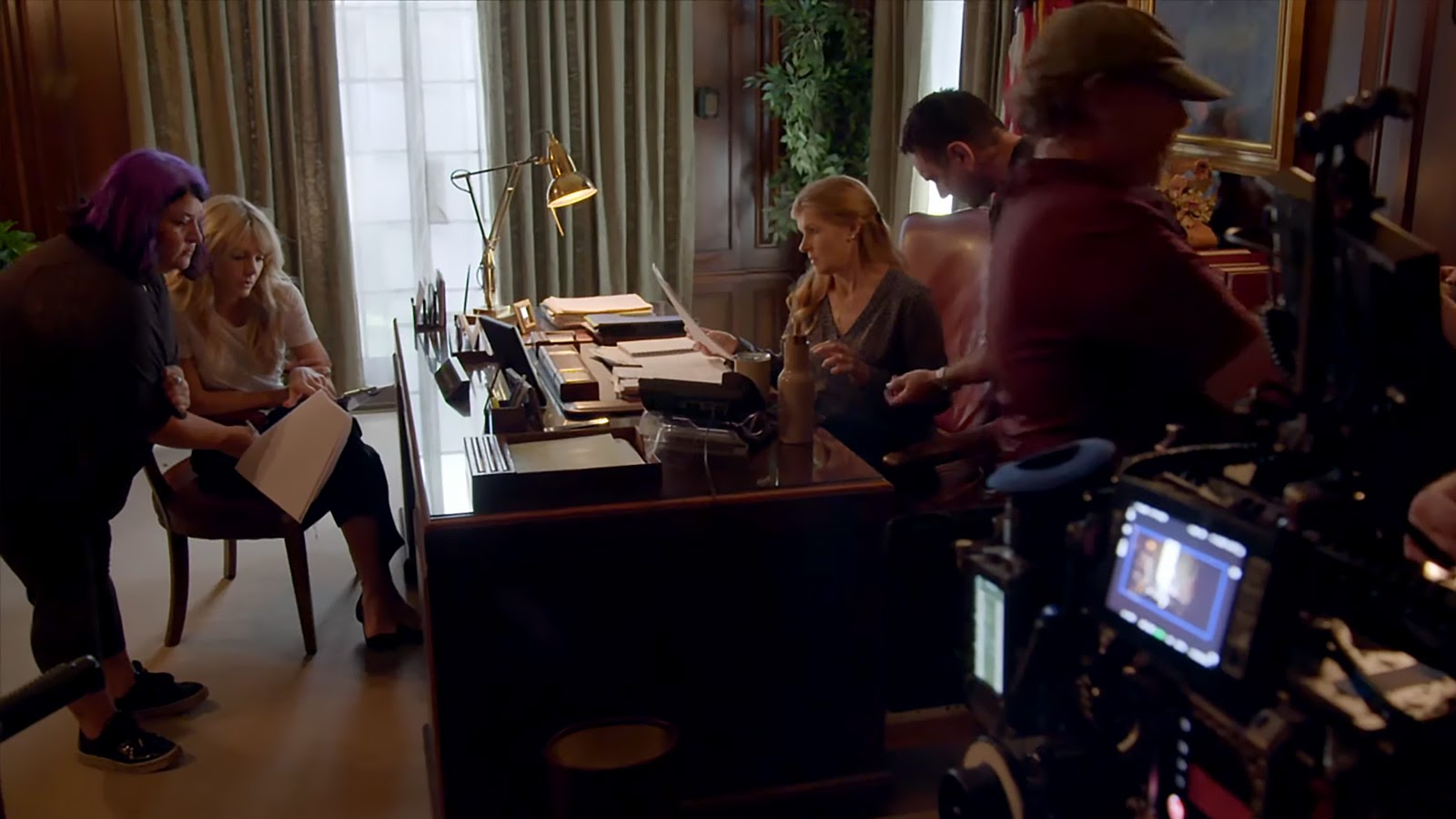
As in Sound of Metal, sound design played a key role in Promising Young Woman to help draw the viewer inside Cassie’s state of mind. Fennell chose Thoraval for his experience working across many genres, and all came into play at various points in the movie to create what some critics call a black comedy and others call a psychological thriller.
Fennell’s son was born three weeks after principal photography wrapped and the cut was locked in January 2020 in time to premiere at Sundance, where it was warmly received. Nominated for five Oscars, and earning Fennell BAFTAs for Best Screenplay and Outstanding British Film of the Year (along with numerous other nominations and wins), Fennell is, in fact, a promising young woman who, along with Chloé Zhao, will inspire many others with their tenacity and talent to further crack the glass ceiling of the motion picture industry.
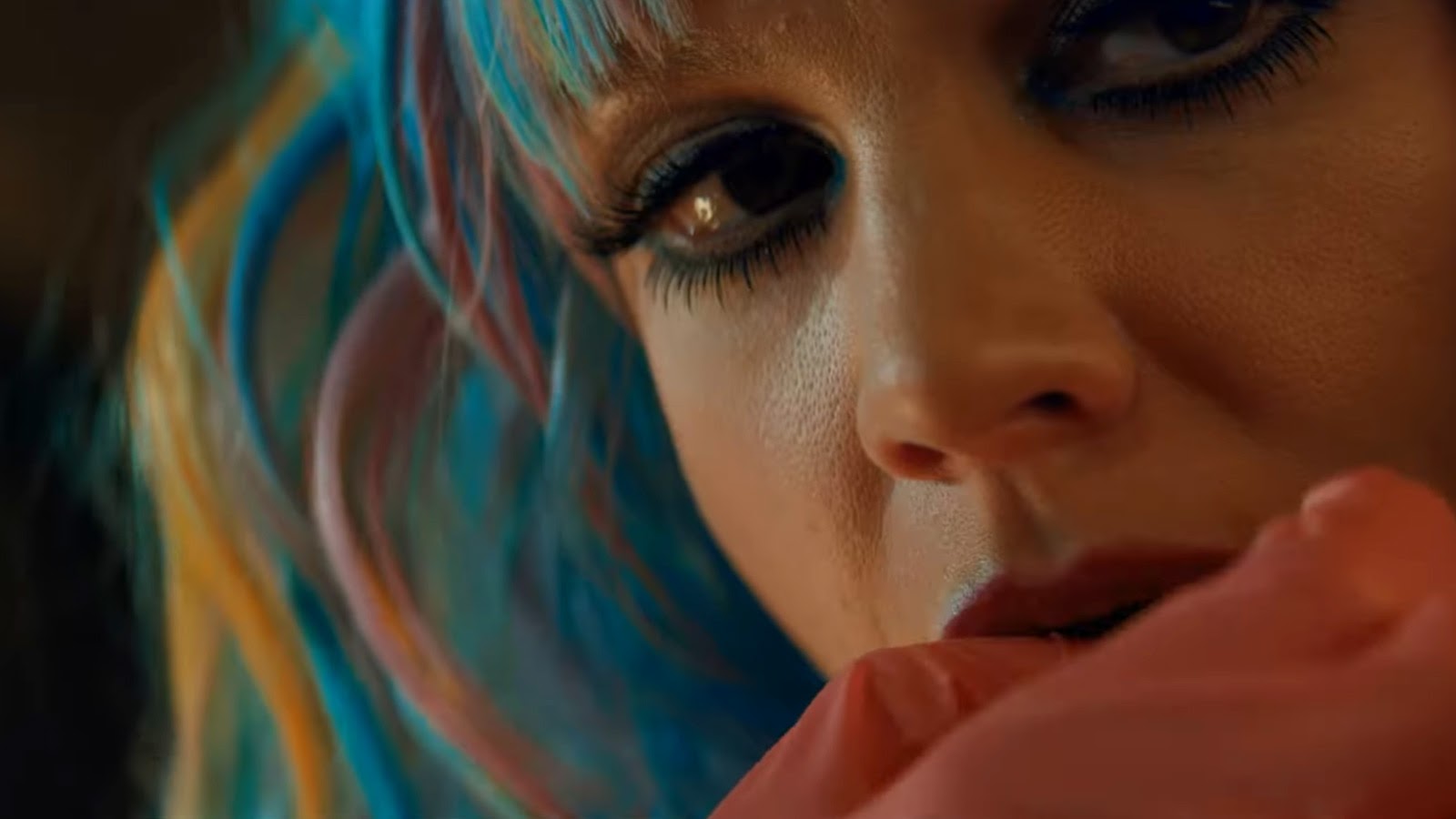
The wrap
The big takeaway of this year’s Oscars? No matter who gets a statue, we’re all winners.
The cost-of-entry barriers are breaking down, and all of the nominated films and directors have proven that you don’t need a big budget to create a great film that resonates with critics and audiences alike—wherever they’re watching them.
Variety, talking about Mank, says, “A… shift is taking place in the entertainment industry, as streaming services such as Netflix have begun to overshadow traditional theatrical distributors. Some directors, who cherish having their movies projected on the widest of screens, bemoan the change. [David] Fincher embraces it.”
And if ever a movie was made for home viewing, it’s Mank. With so many cinephiles purchasing larger-screen and 4K or 8K televisions, the viewing experience may even be superior in an optimized home setup than in a theater.
But here’s perhaps an even bigger takeaway: think about how advancements in motion picture workflows (like the new Camera to Cloud) are starting to enable more spontaneous creation at the professional level. With all but one of the nominated movies electing to capture digitally and many working remotely, the continued democratization of technology now spans all levels of the motion picture industry to the point where the adage “fast, cheap, good—pick two” may no longer apply.
Let’s hope that as the industry stabilizes in the post-pandemic future, we’ll find that this year taught us not what our limitations are, but how wide open the creative possibilities for the future will be.
Special thanks
We owe special thanks to Steve Hullfish for reaching out to all of the editors and assistants who graciously spent their time answering our questions and shedding light on their processes: Alan Baumgarten, Kirk Baxter, Ben Insler, Yorgos Lamprinos, Mikkel E.G. Nielsen, Kristan Sprague, Frèdèric Thoraval, and Harry Yoon. Thanks also to Alexander Huls for his research and writing contributions to this piece.
And, of course, a heartfelt thanks to all the filmmakers who educate, entertain, and inspire us with their talent and dedication.

